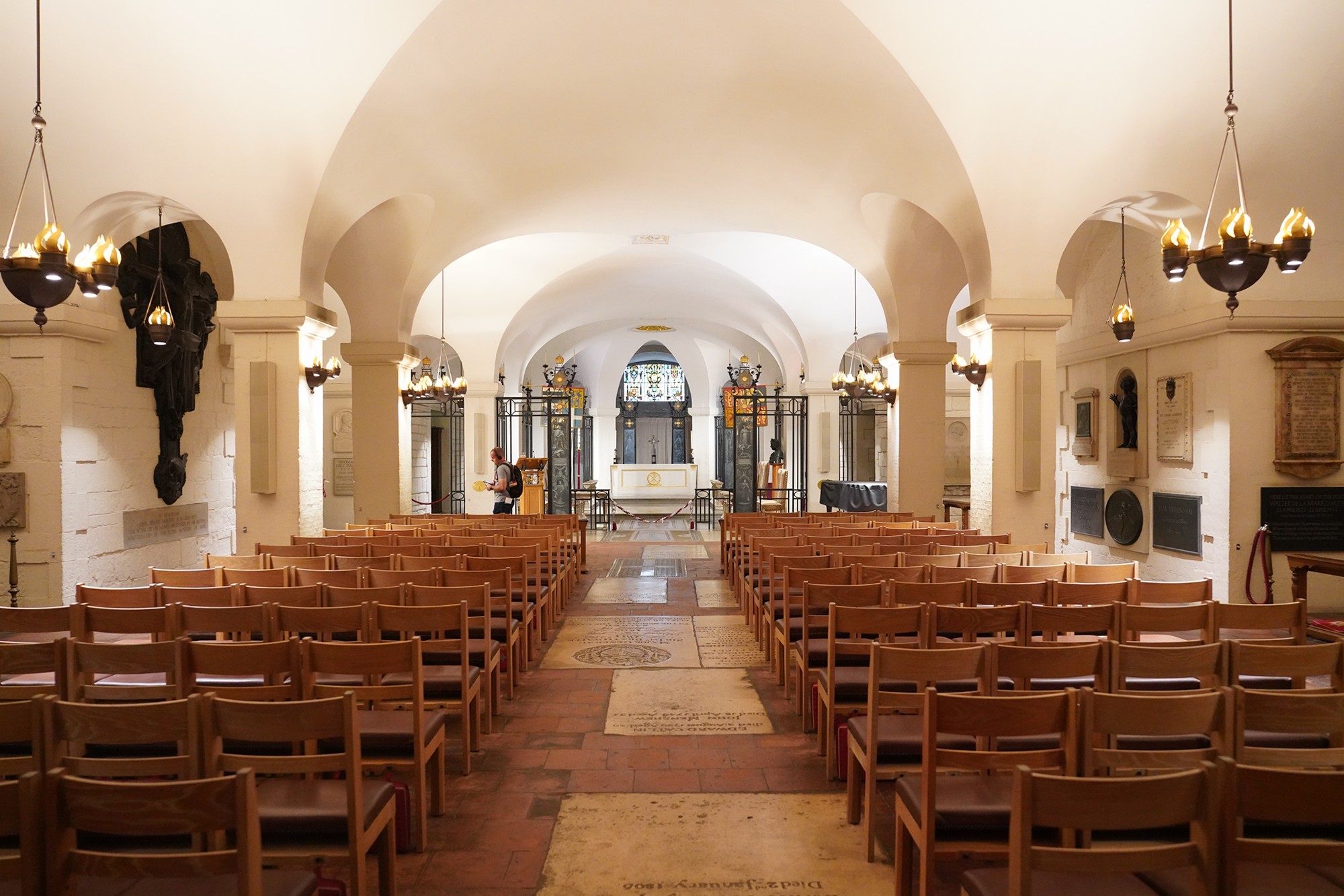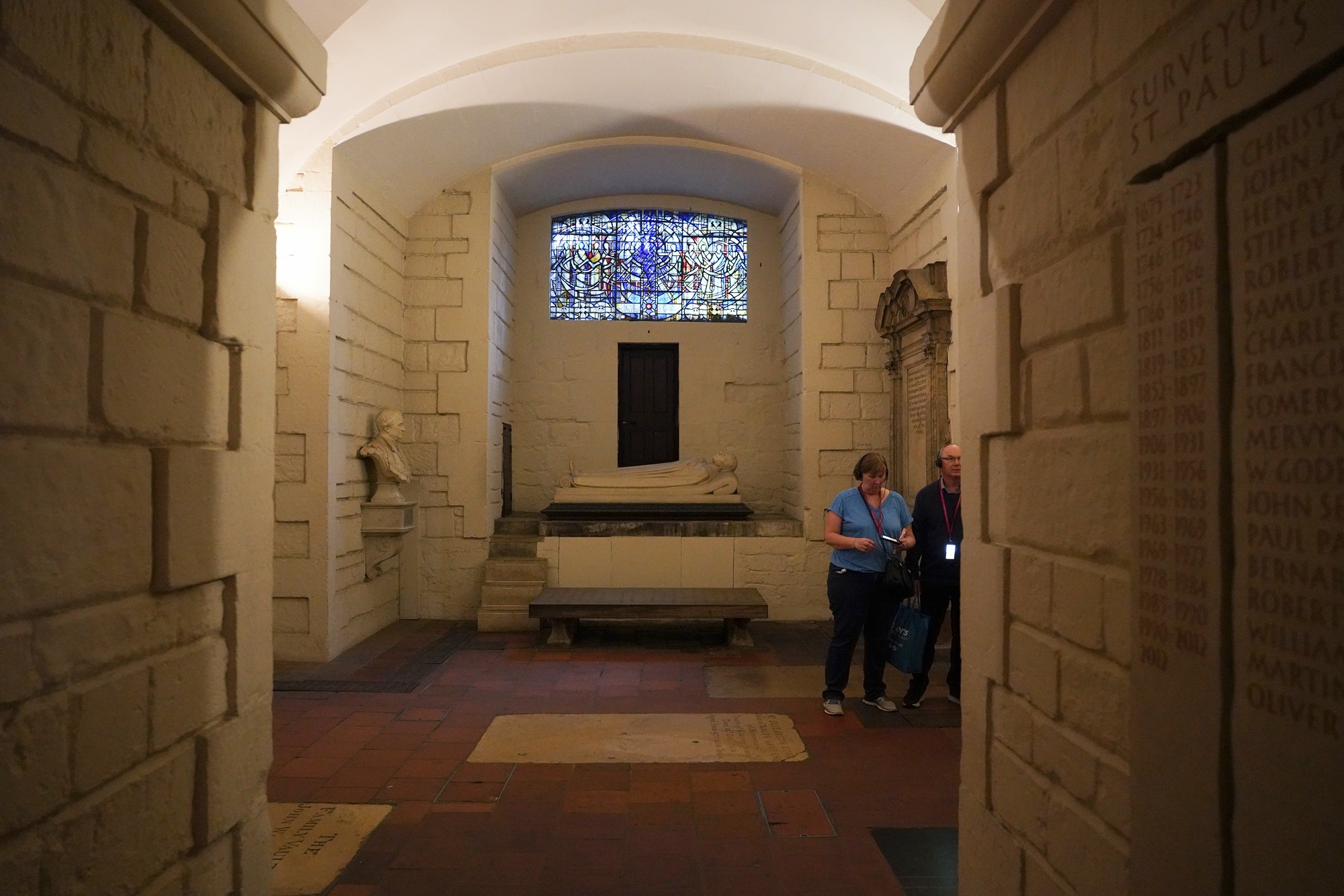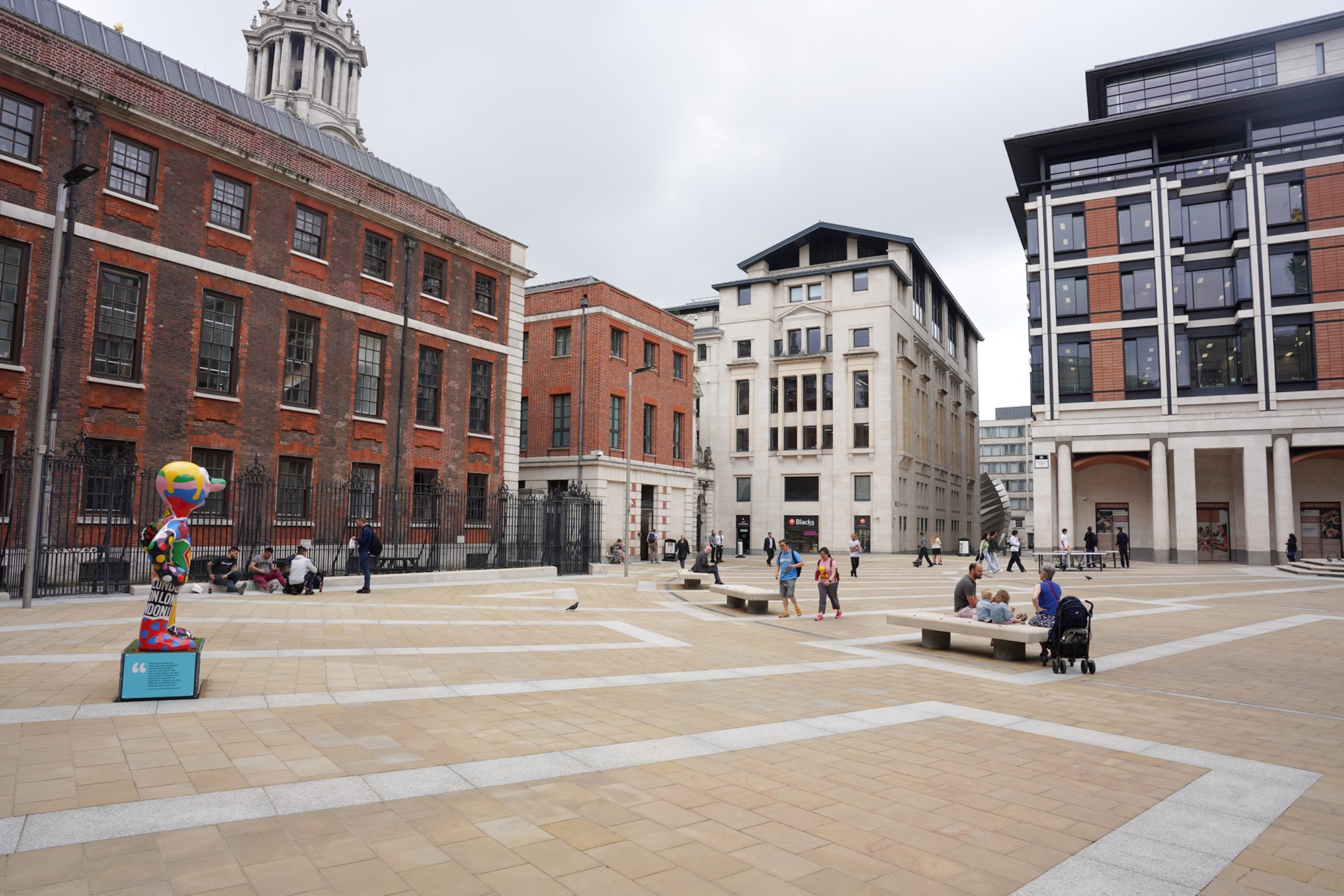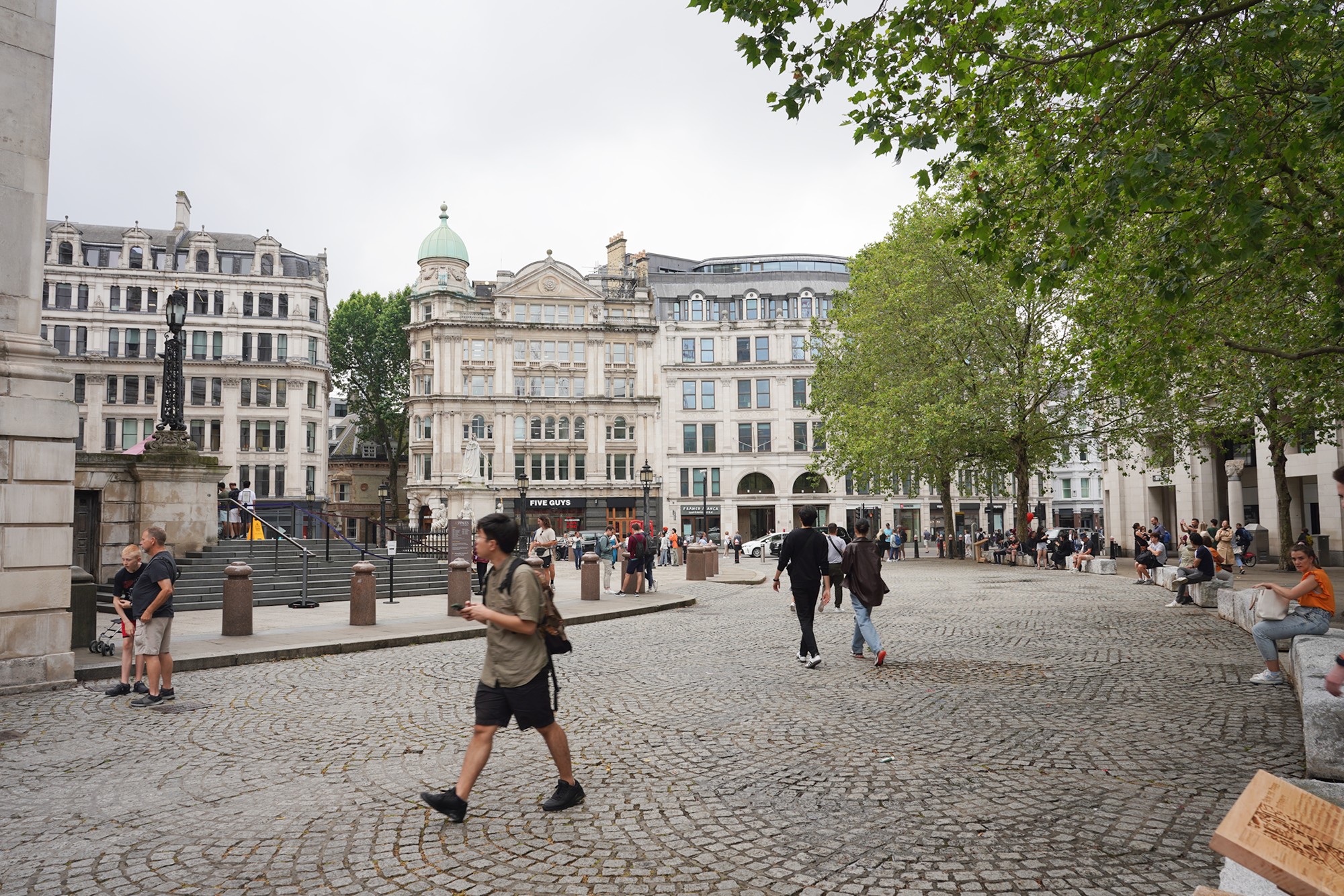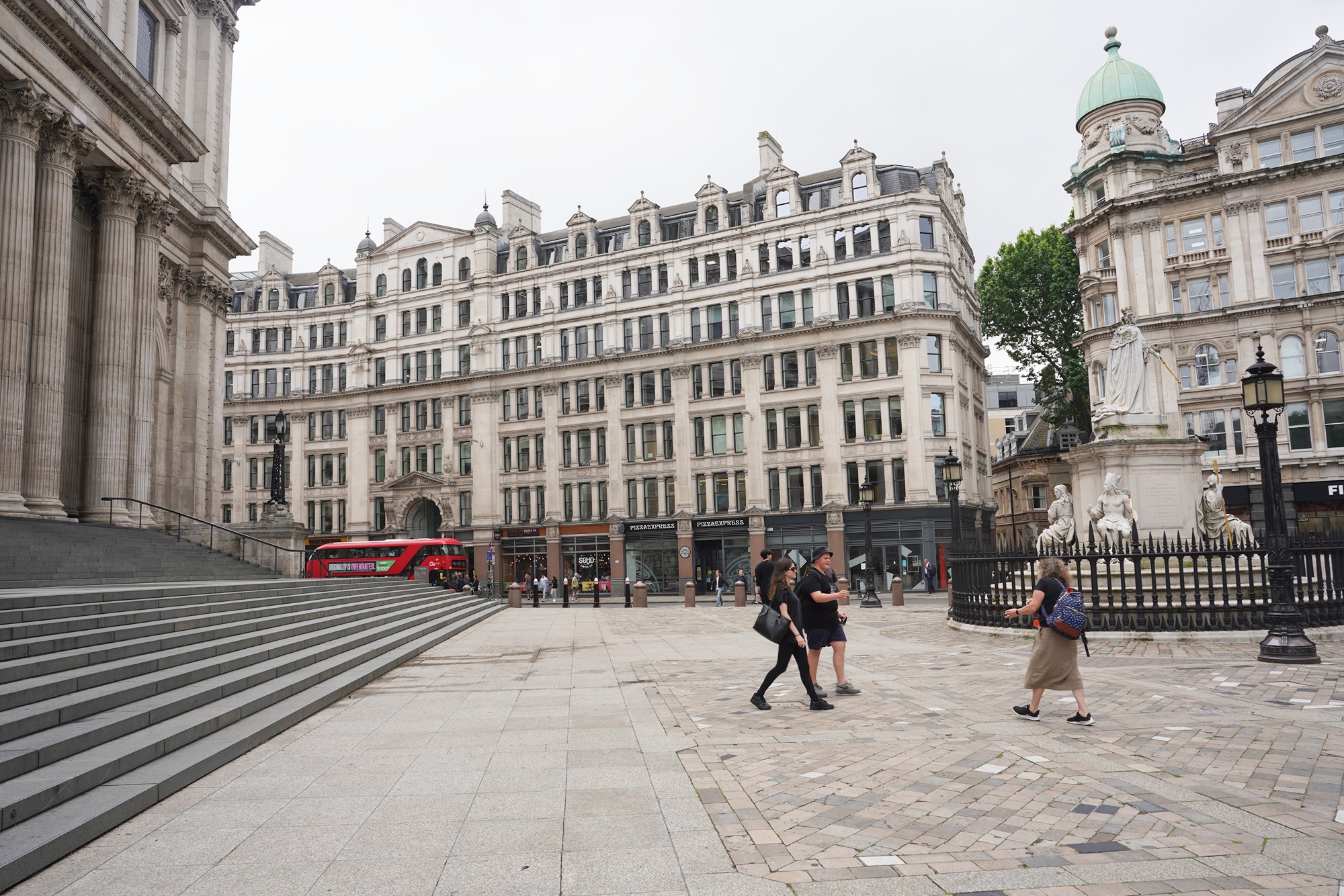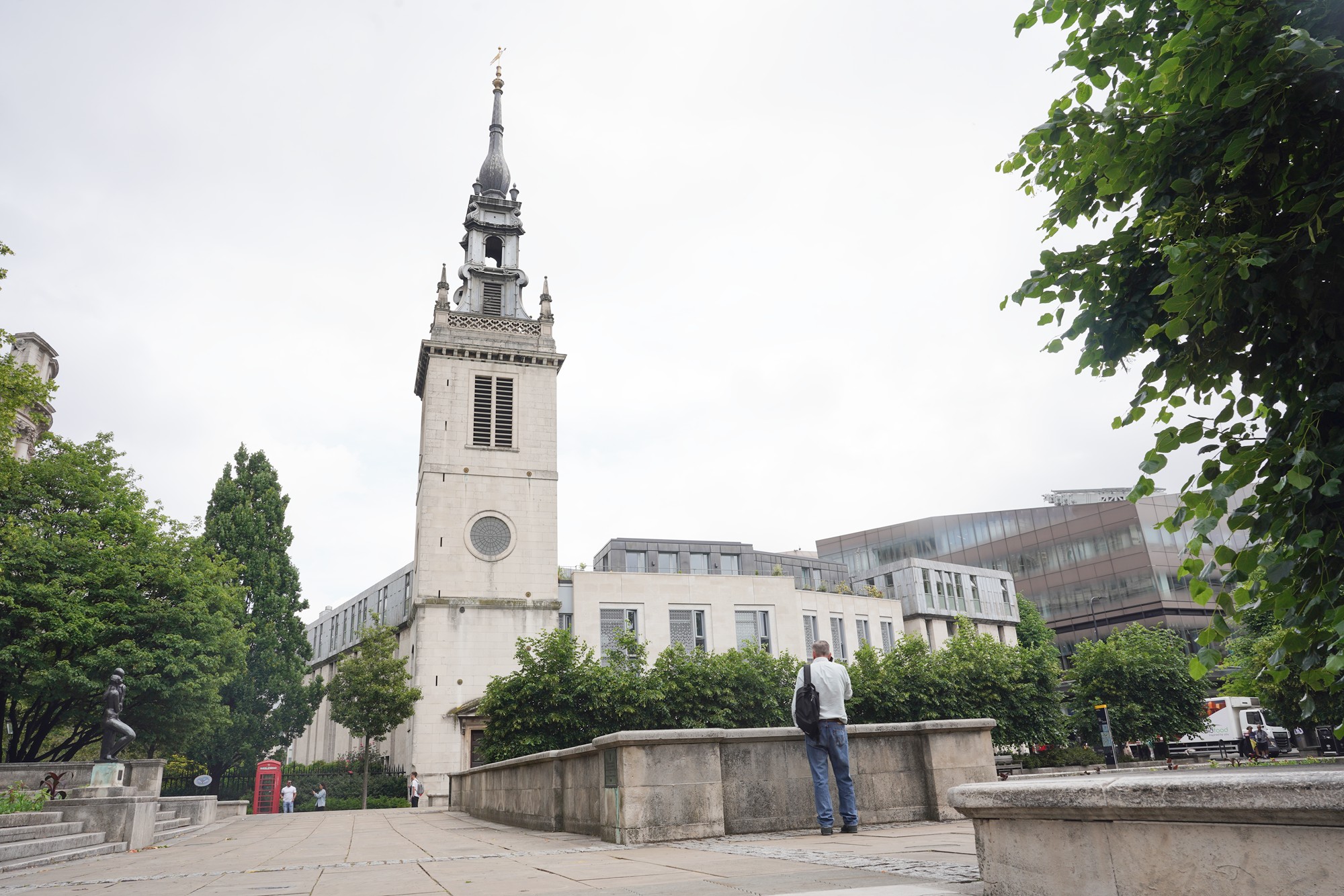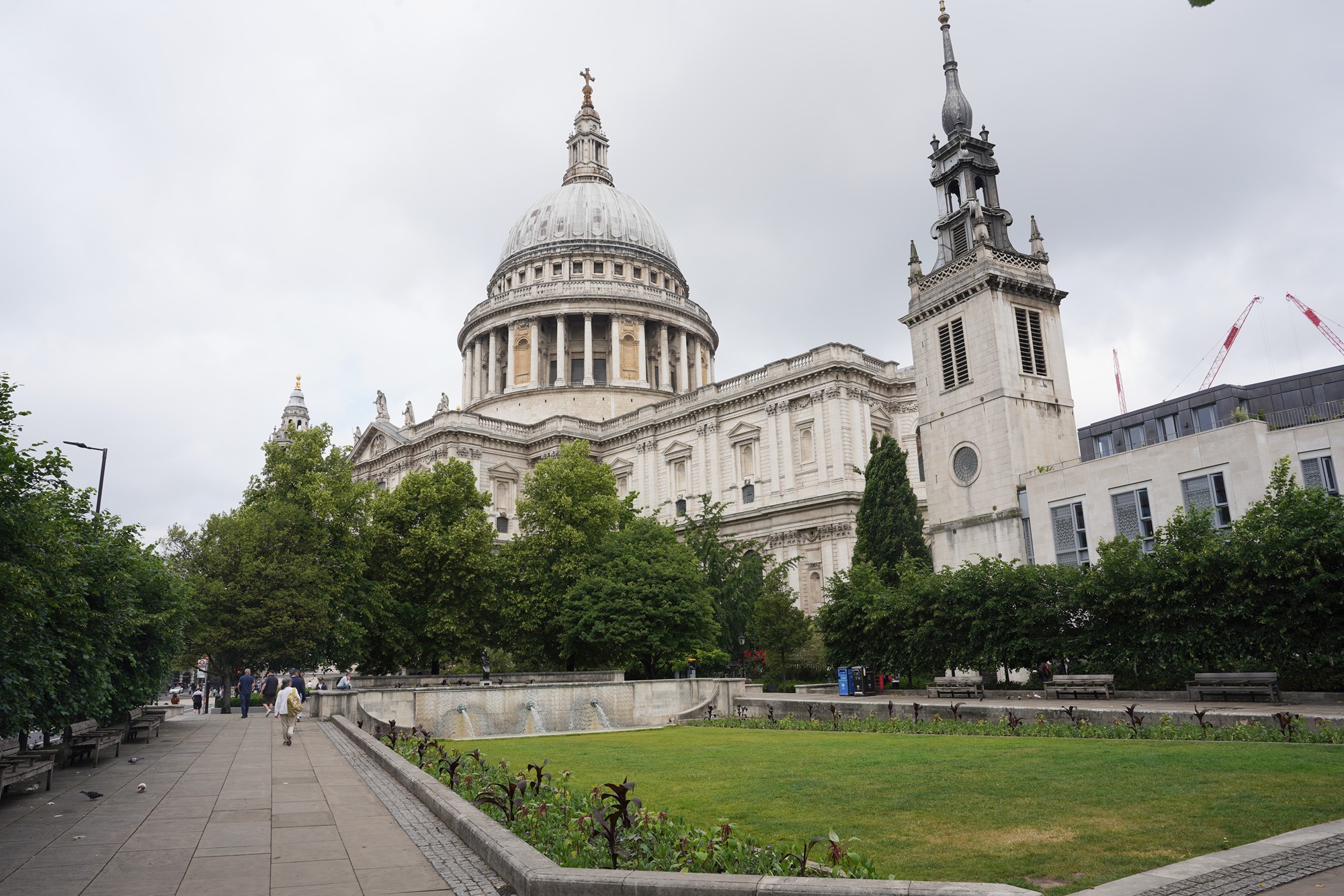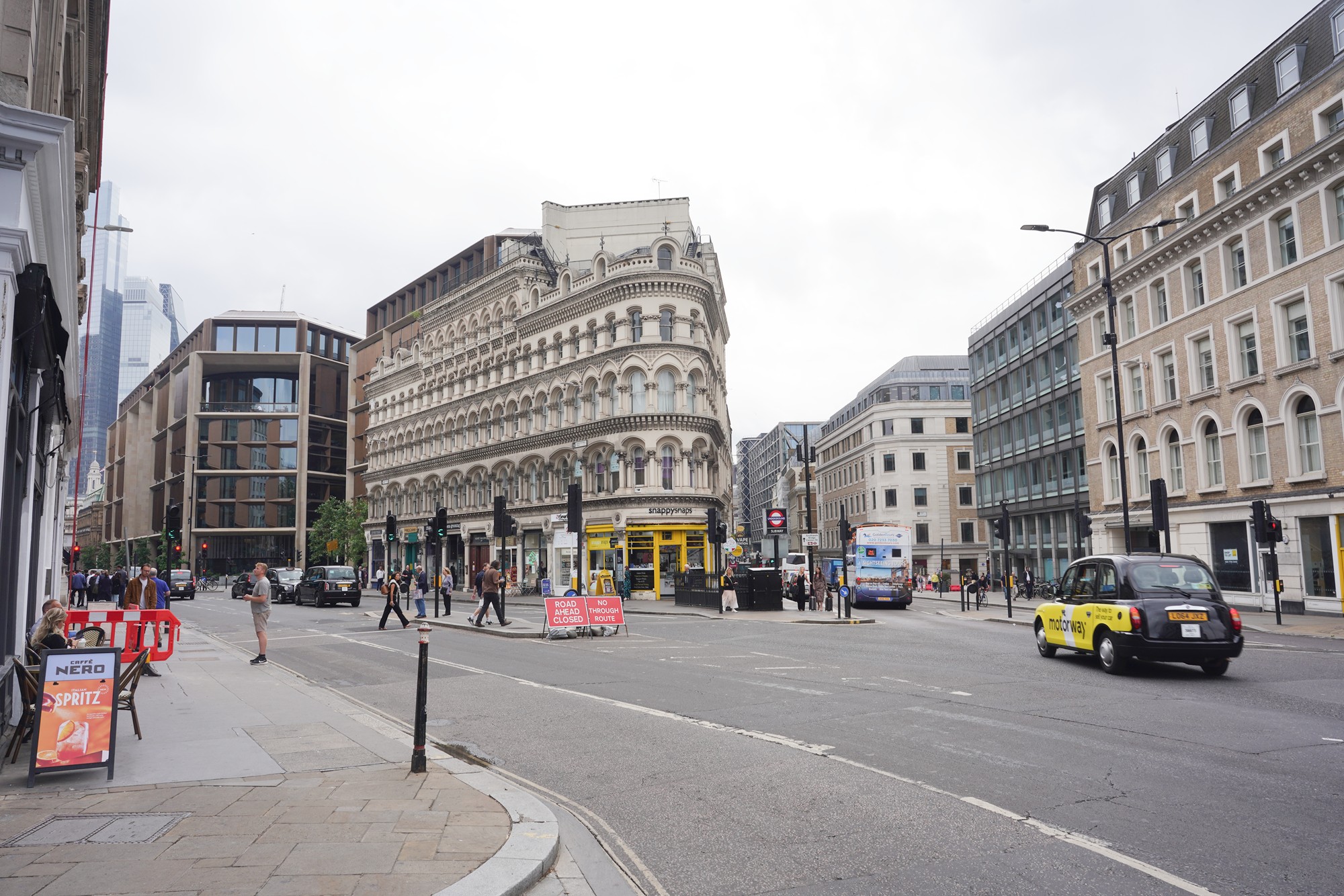St. Paul Cathedral, London, England
St. Paul’s Cathedral is an iconic Anglican cathedral located in the City of London, England. 702
St. Paul’s Cathedral: St. Paul’s Churchyard, London EC4M 8AD
Date Picture Taken: June 2023
The current St. Paul’s Cathedral is the fifth church to be built on the site. The first church dedicated to St. Paul was established in 604 AD, and subsequent buildings were constructed and renovated over the centuries. The present structure was designed by Sir Christopher Wren in the late 17th century after its predecessor was destroyed in the Great Fire of London in 1666.
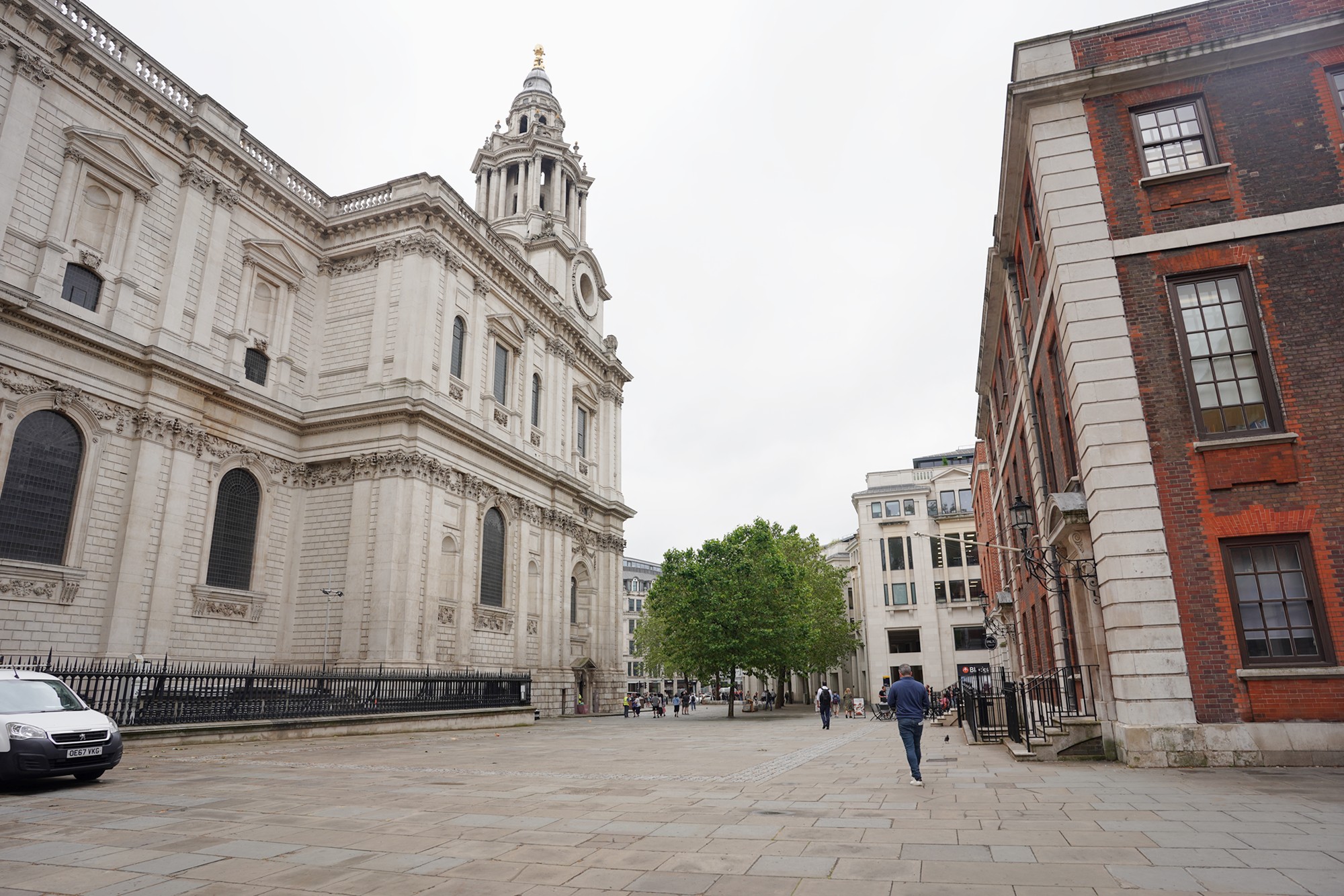
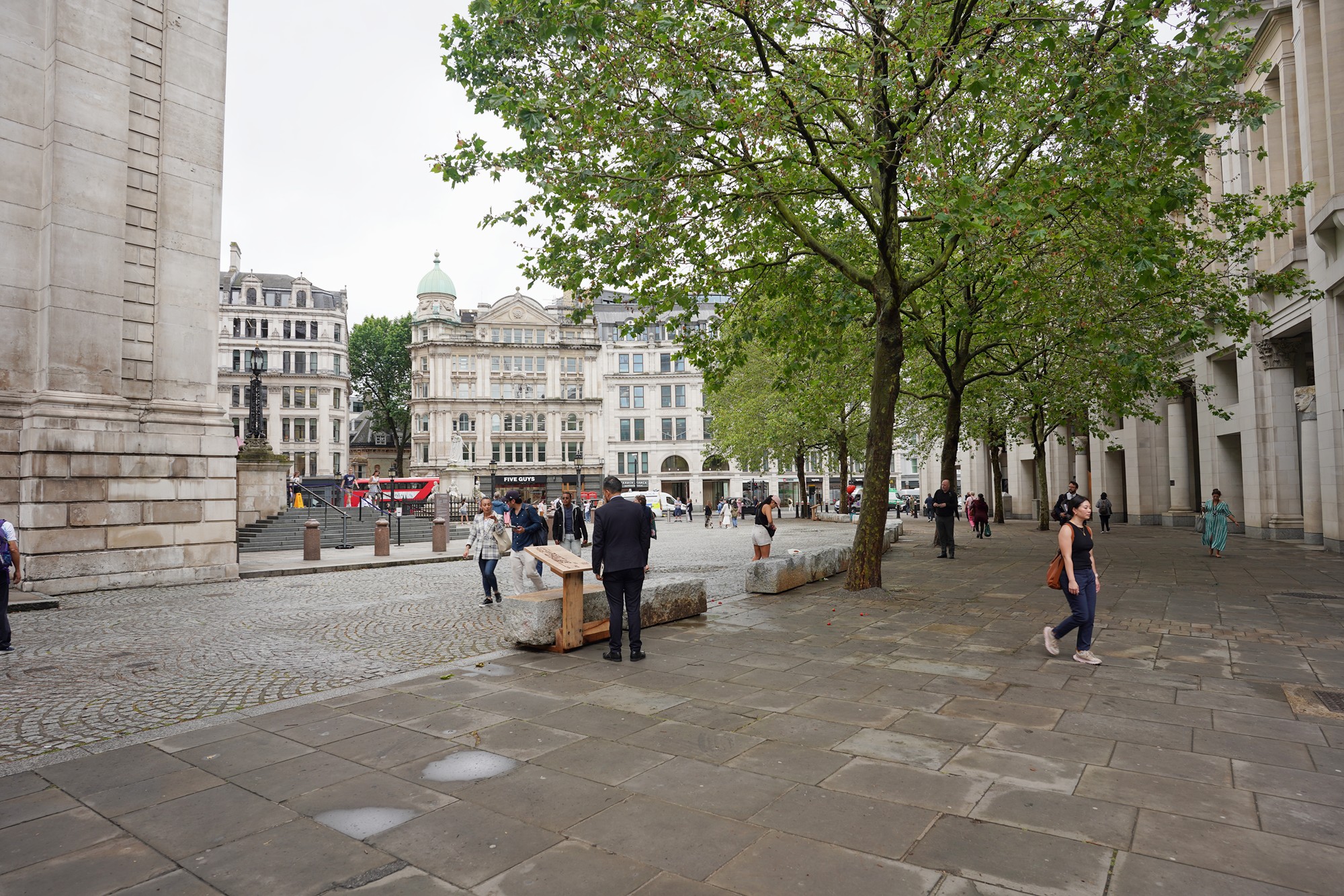
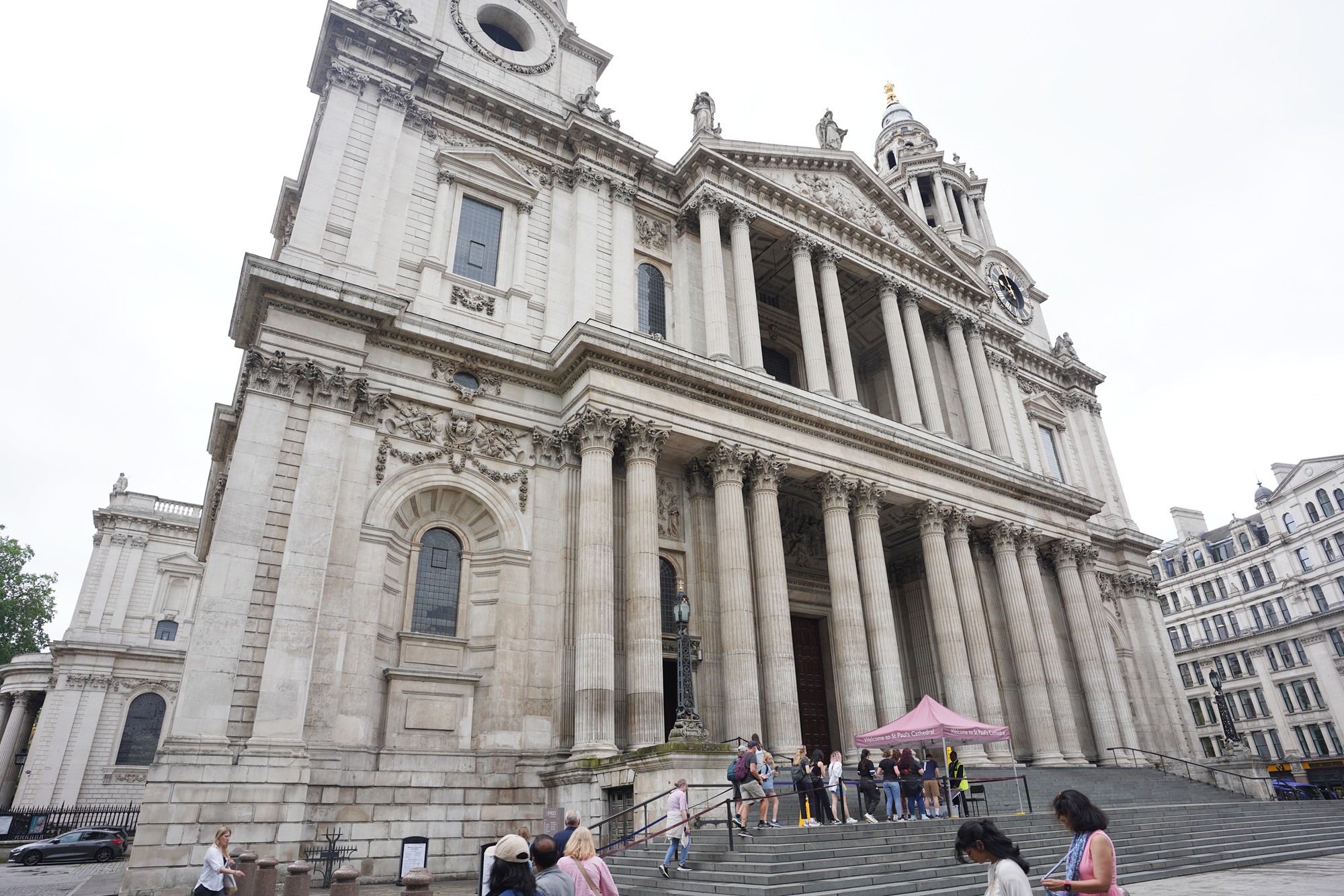

It is the seat of the Bishop of London and serves as a focal point for important events, such as royal weddings, state funerals, and national celebrations.
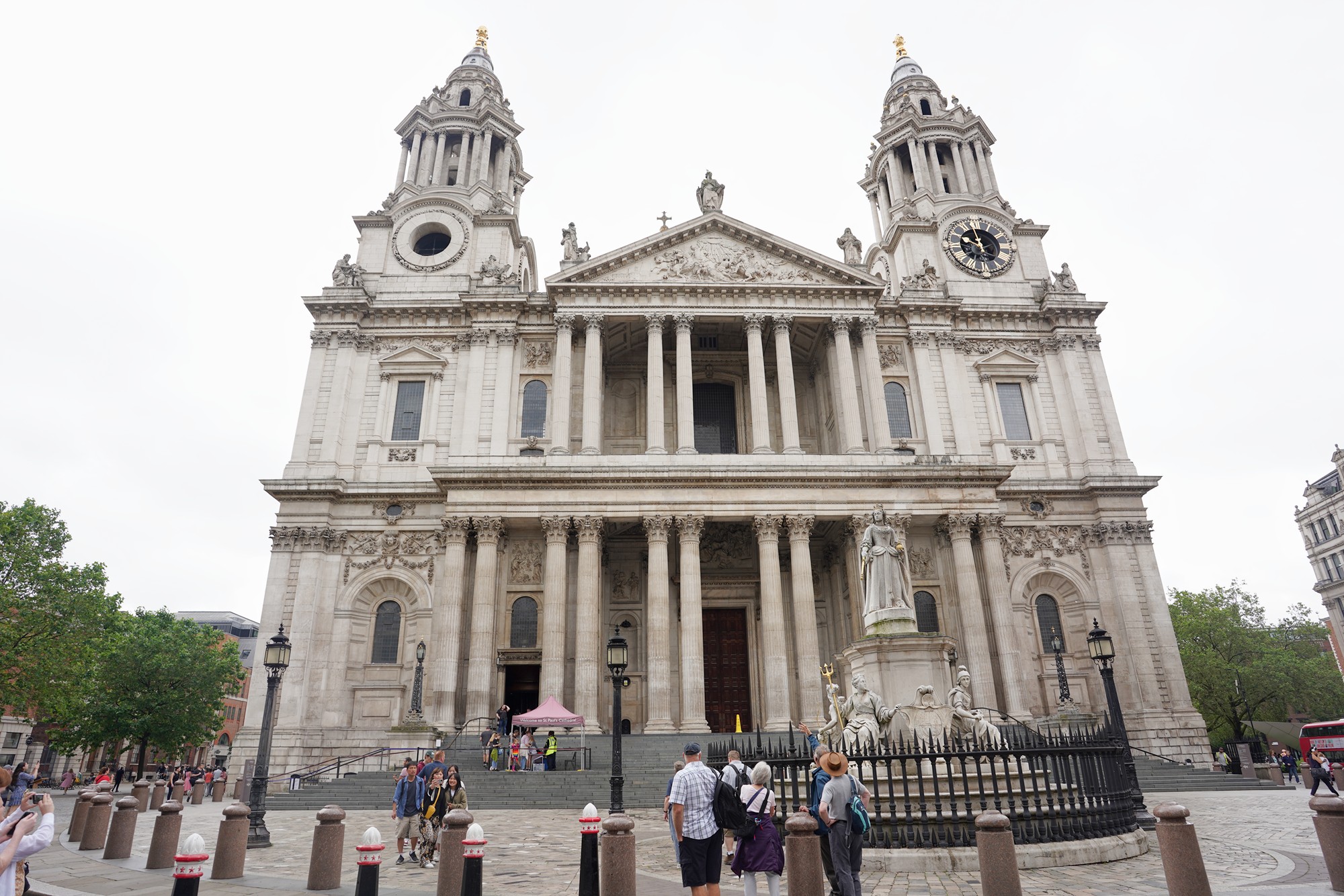
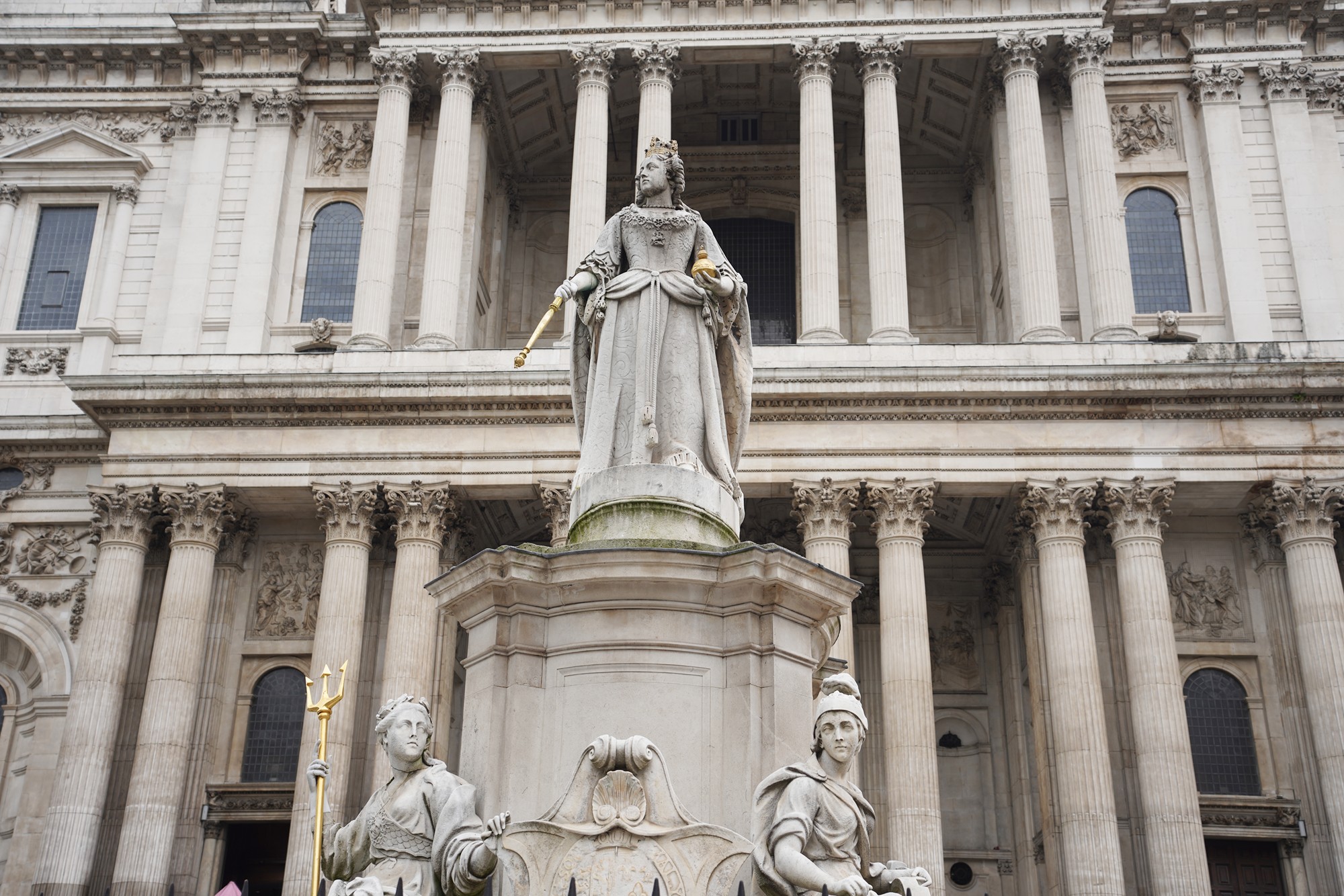
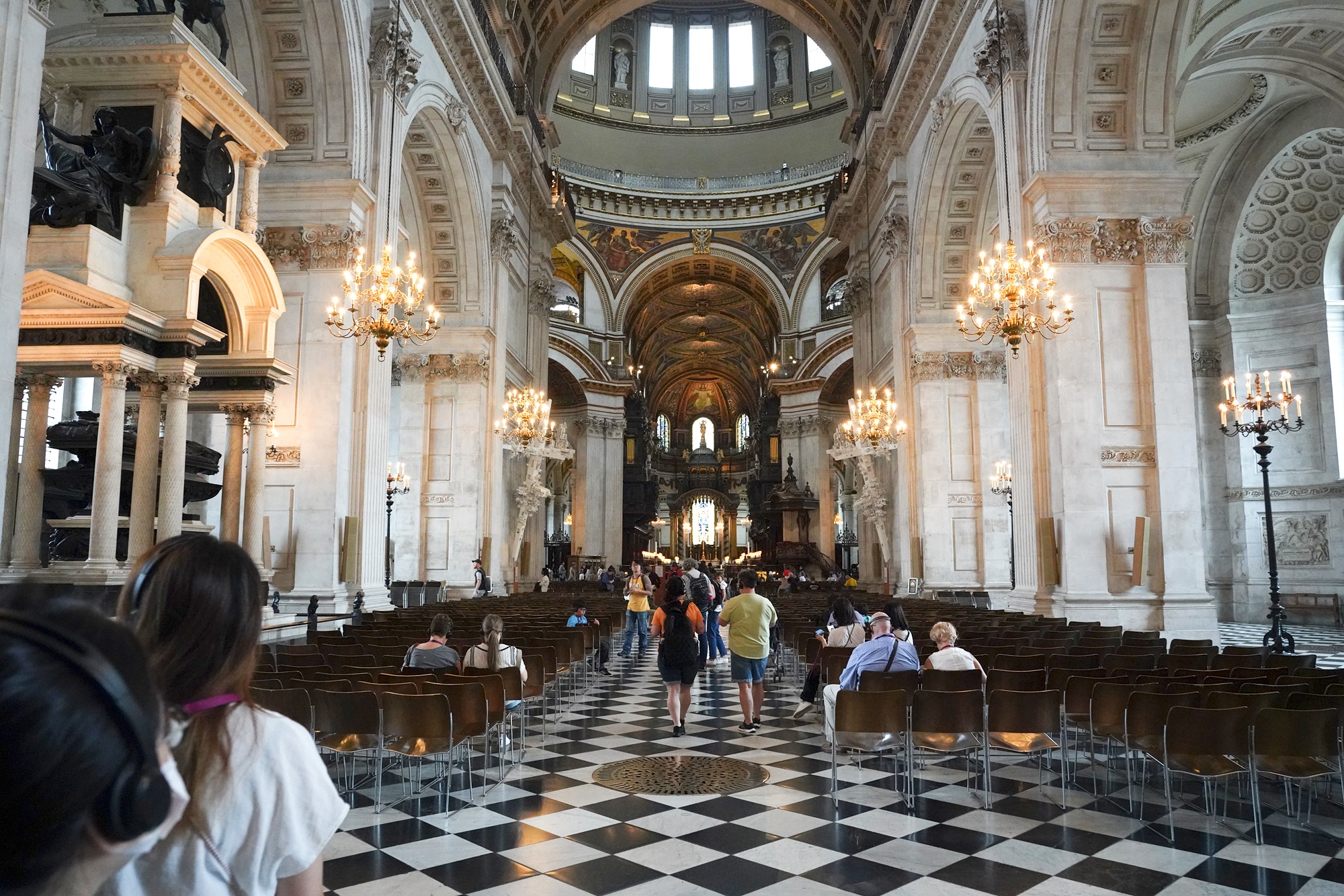
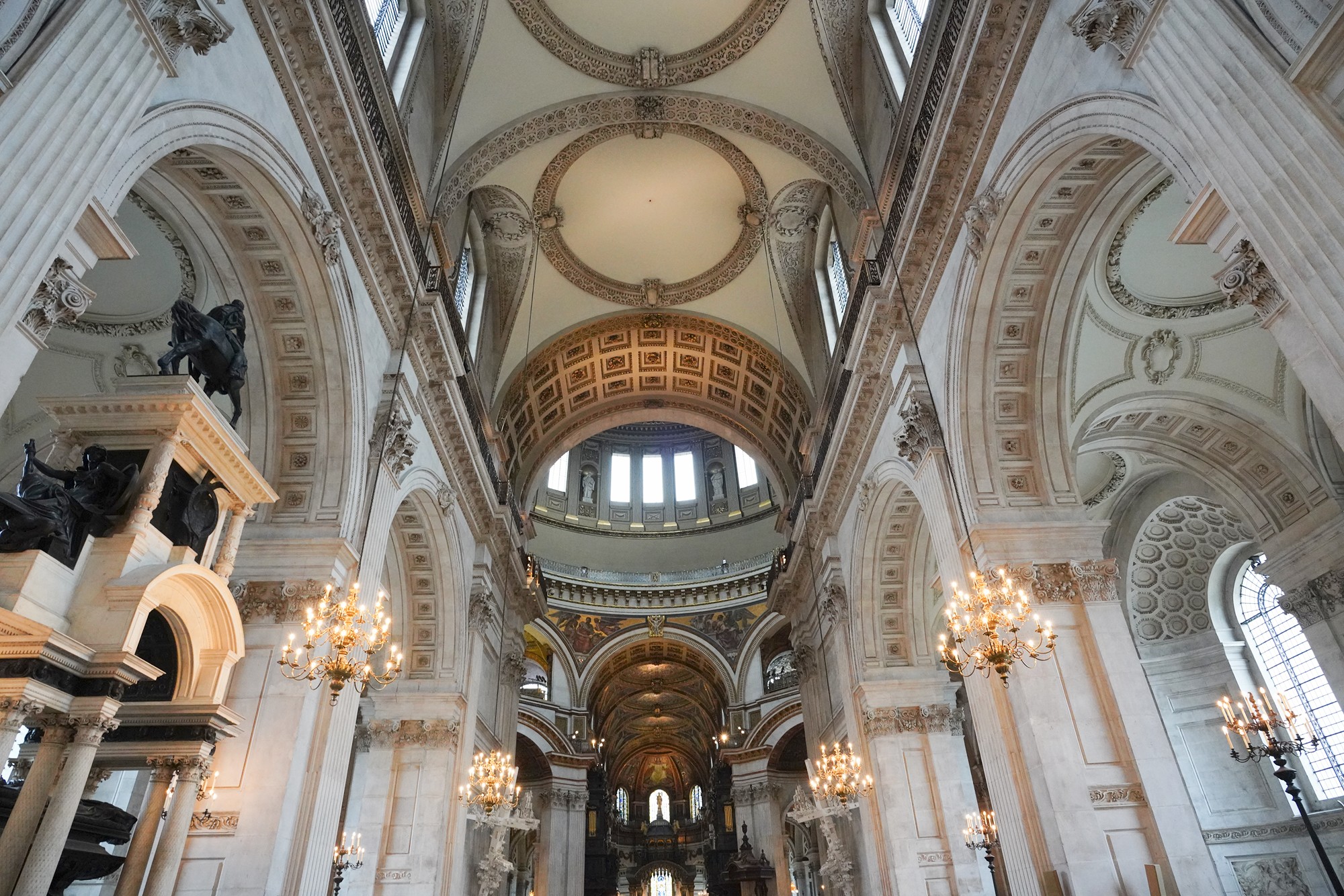
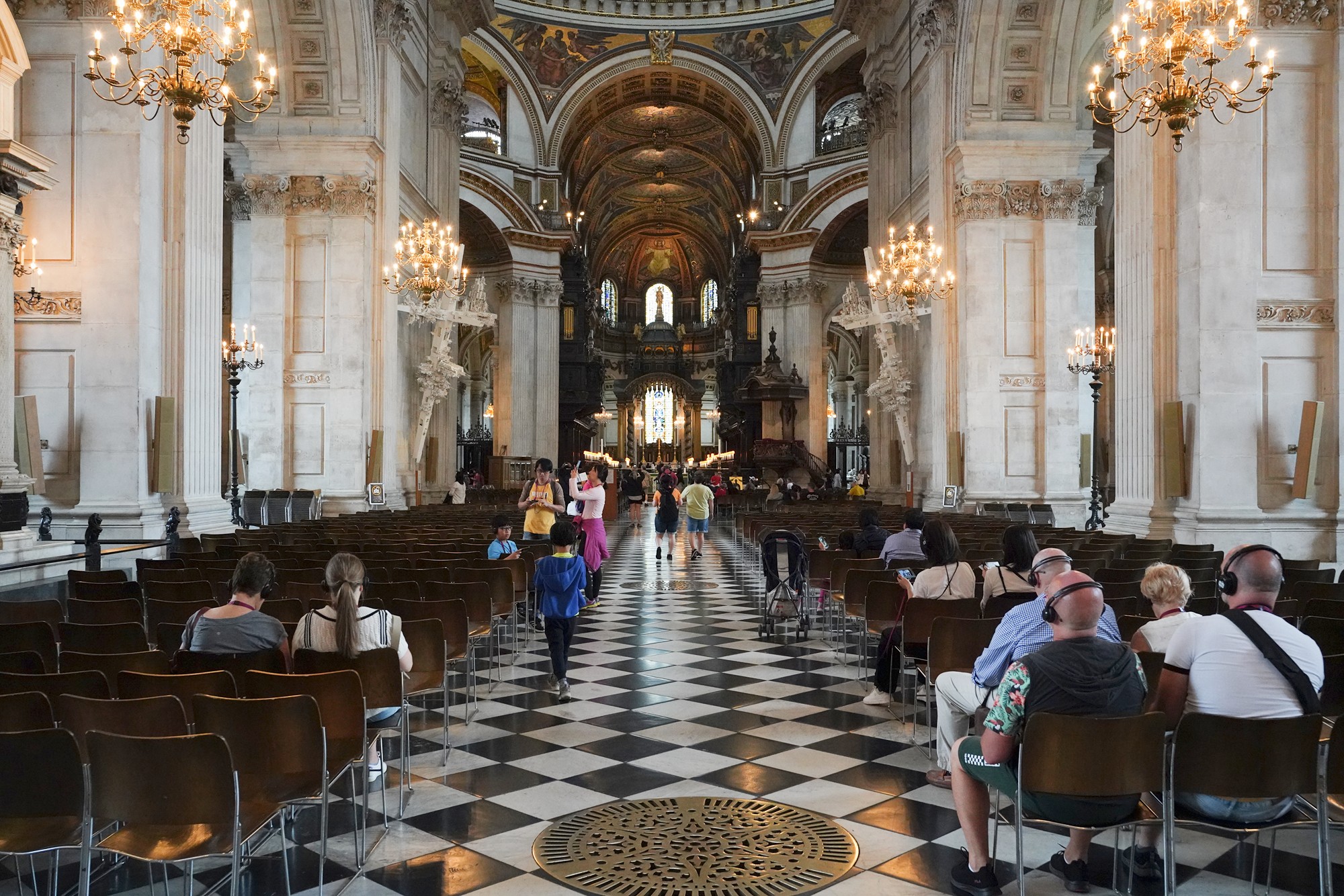
The Nave
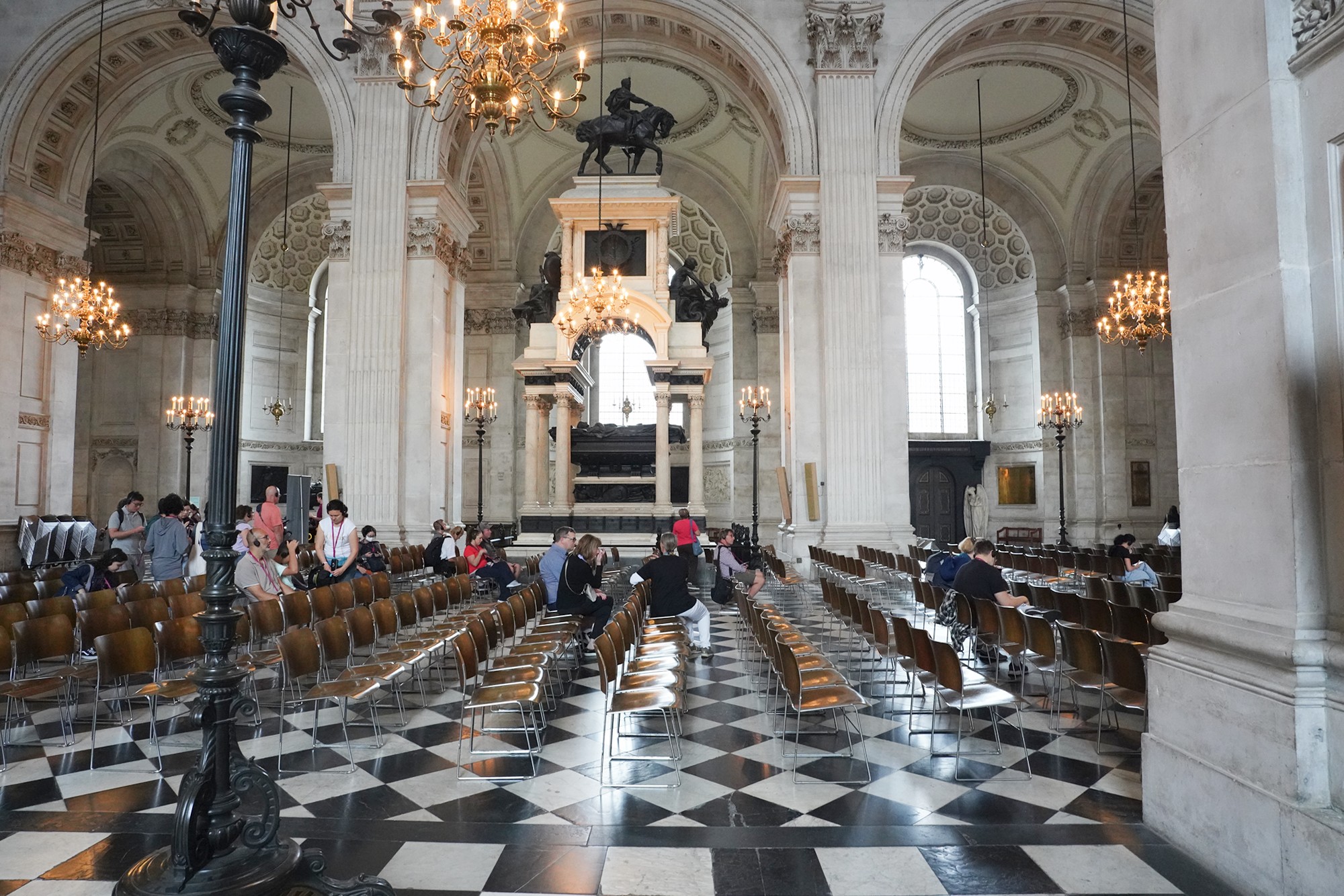
A side hallway
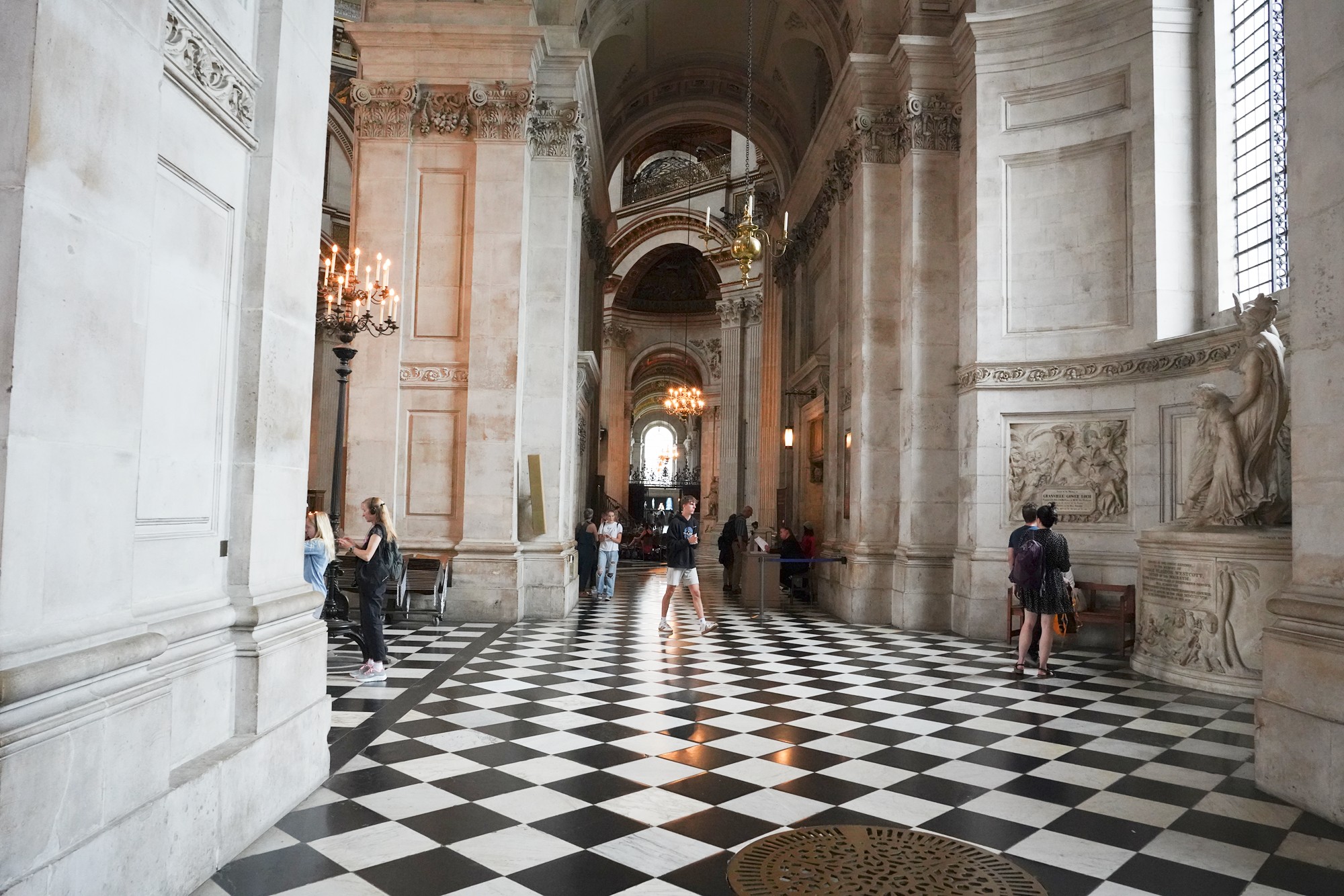
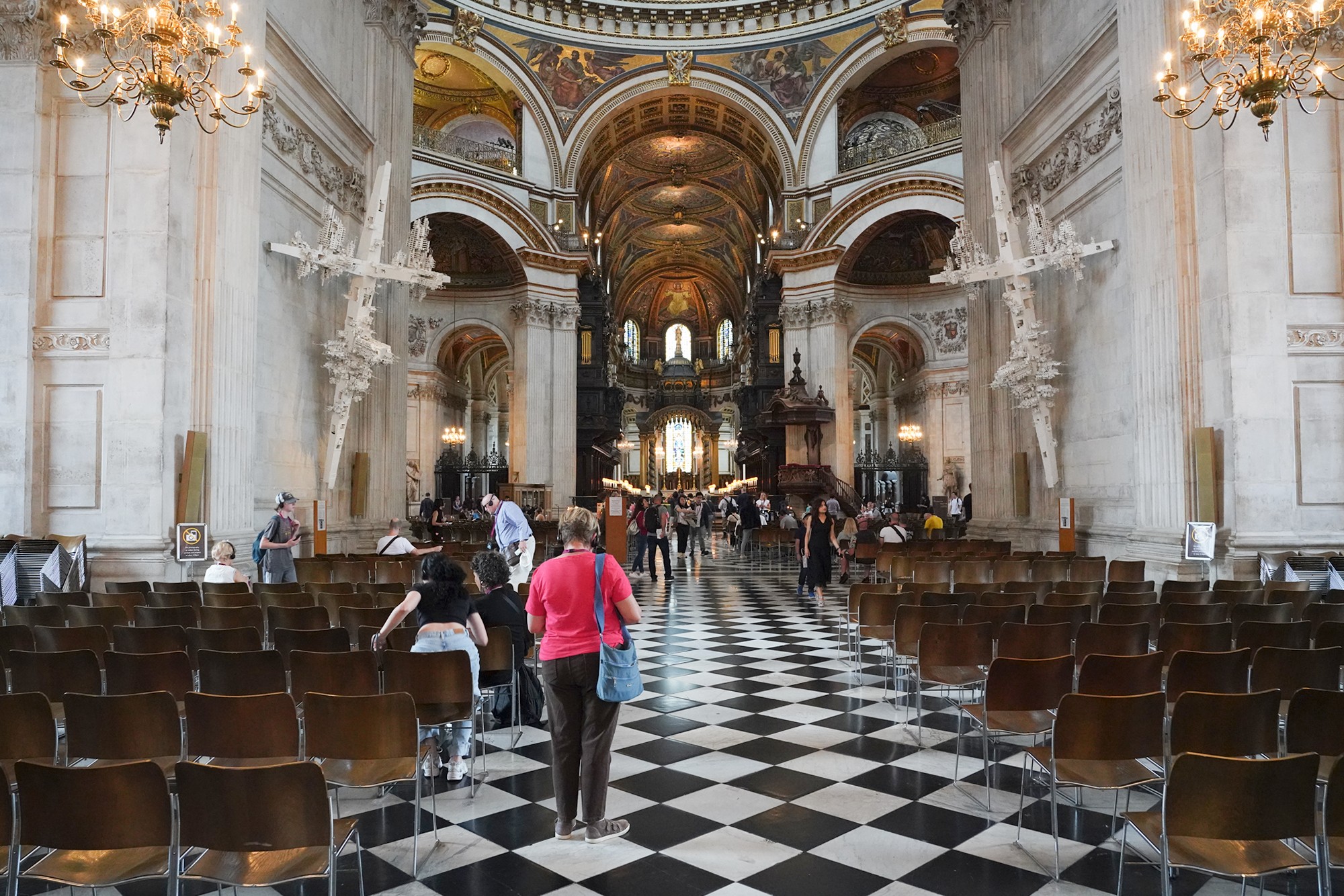
St. Paul’s Cathedral is an outstanding example of English Baroque architecture. It features a majestic dome, inspired by St. Peter’s Basilica in Rome, which is one of the largest domes in the world.
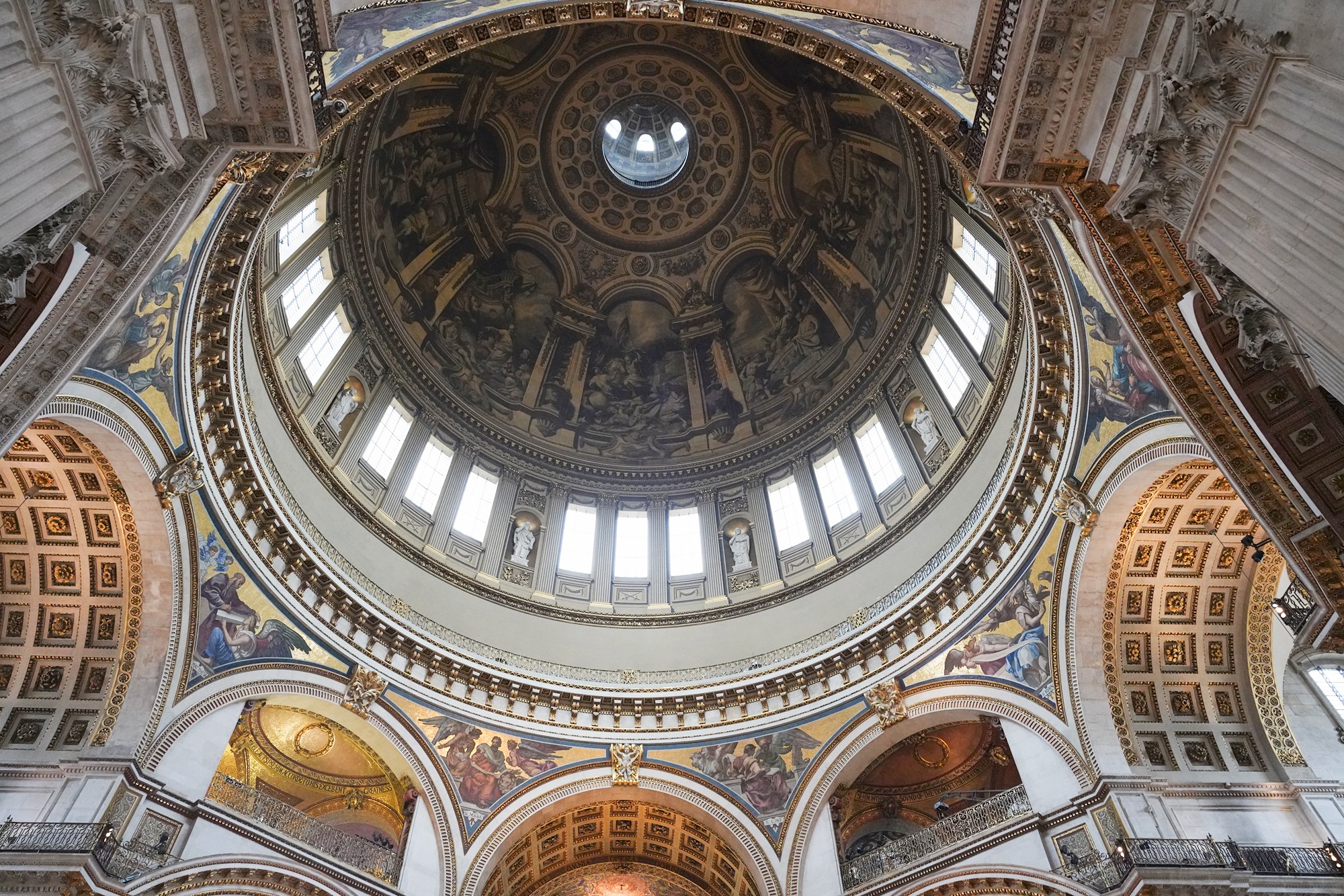
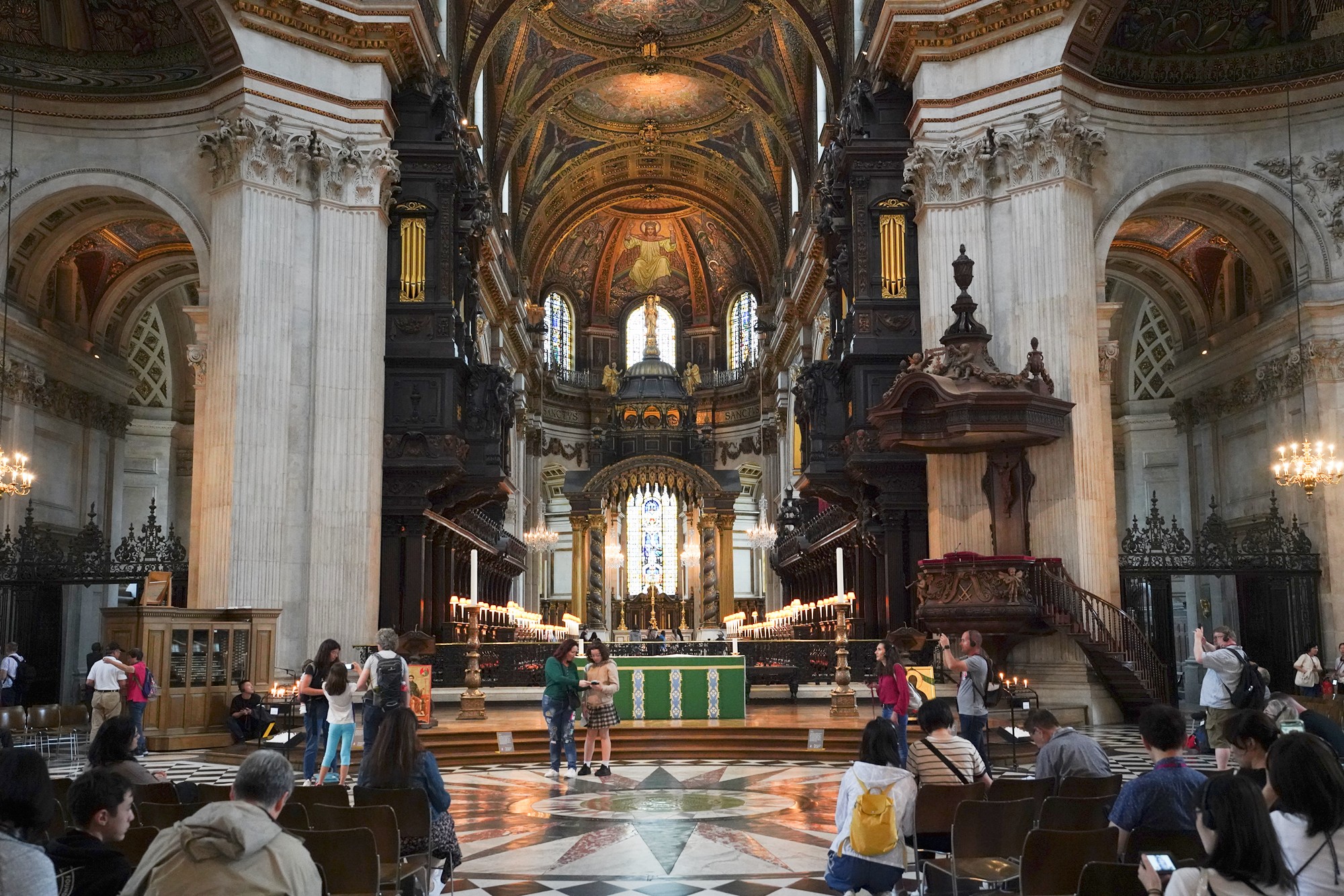
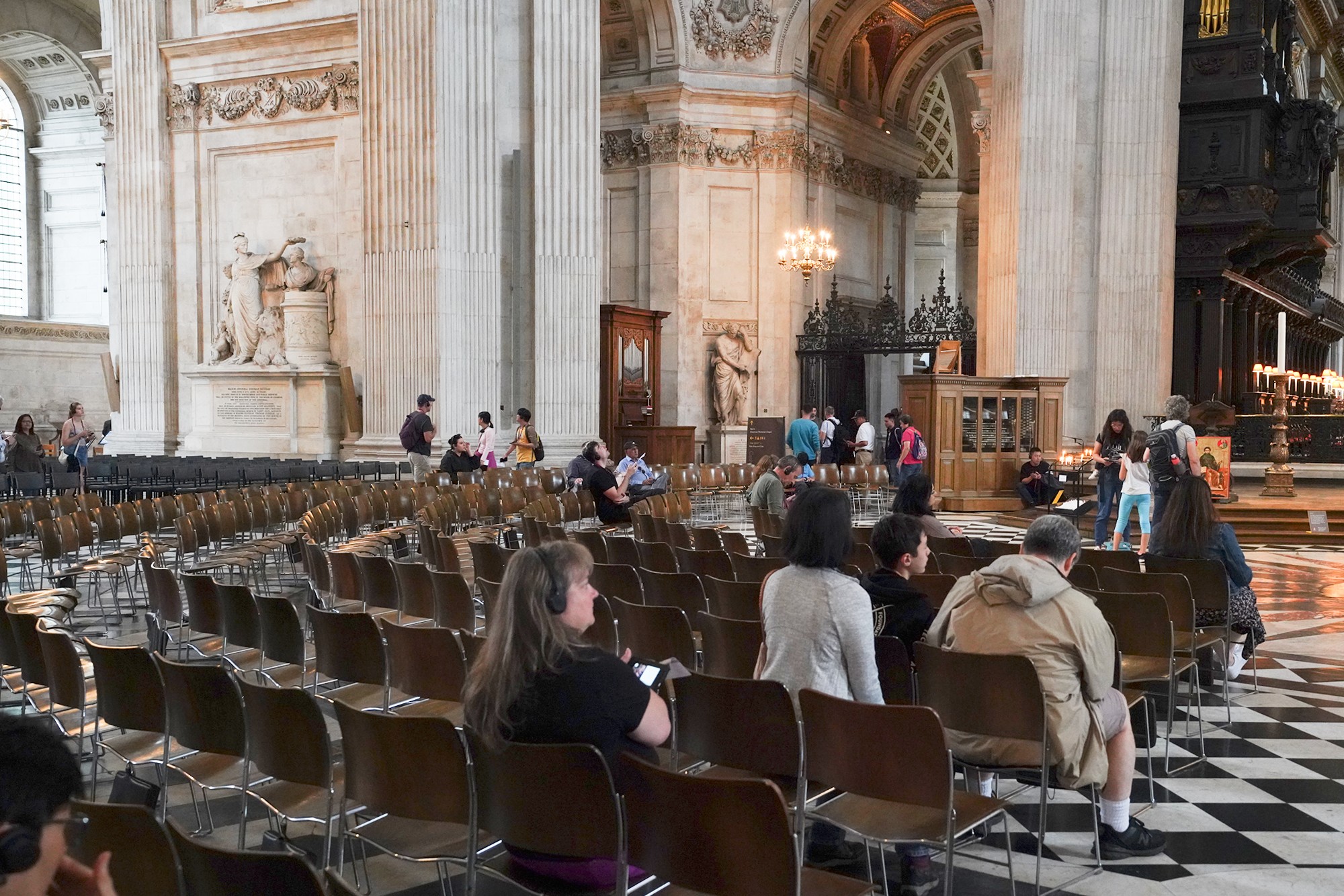
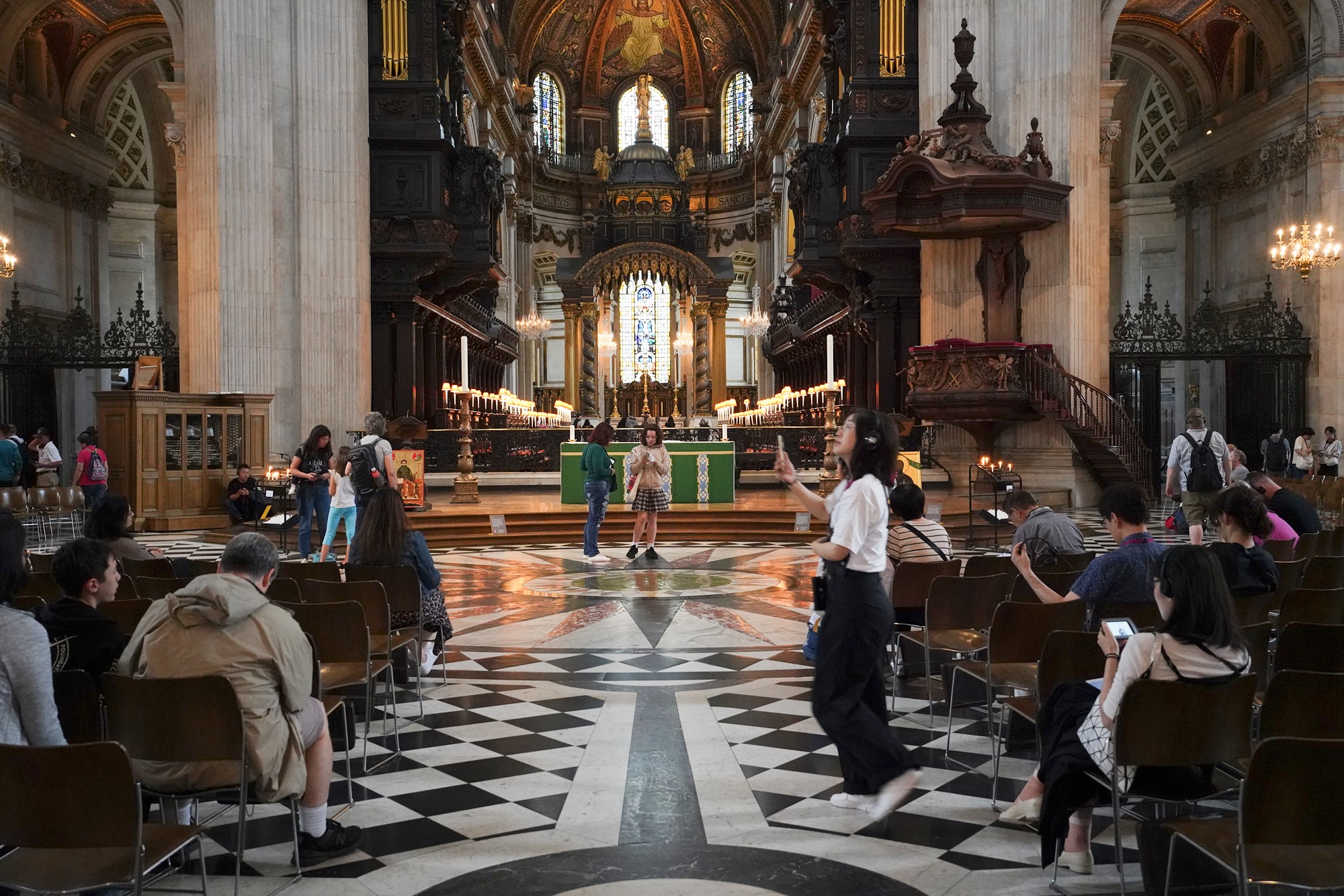
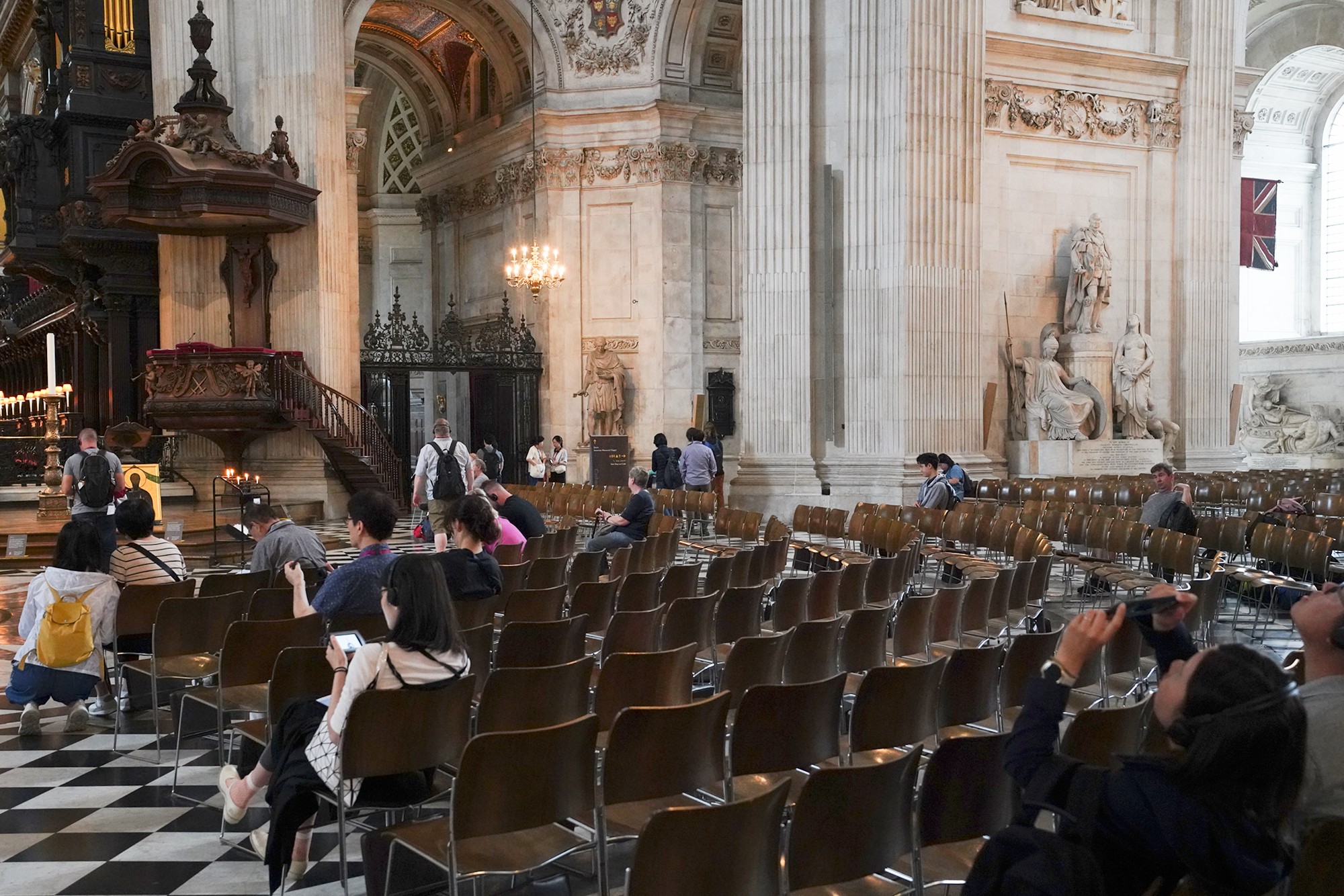
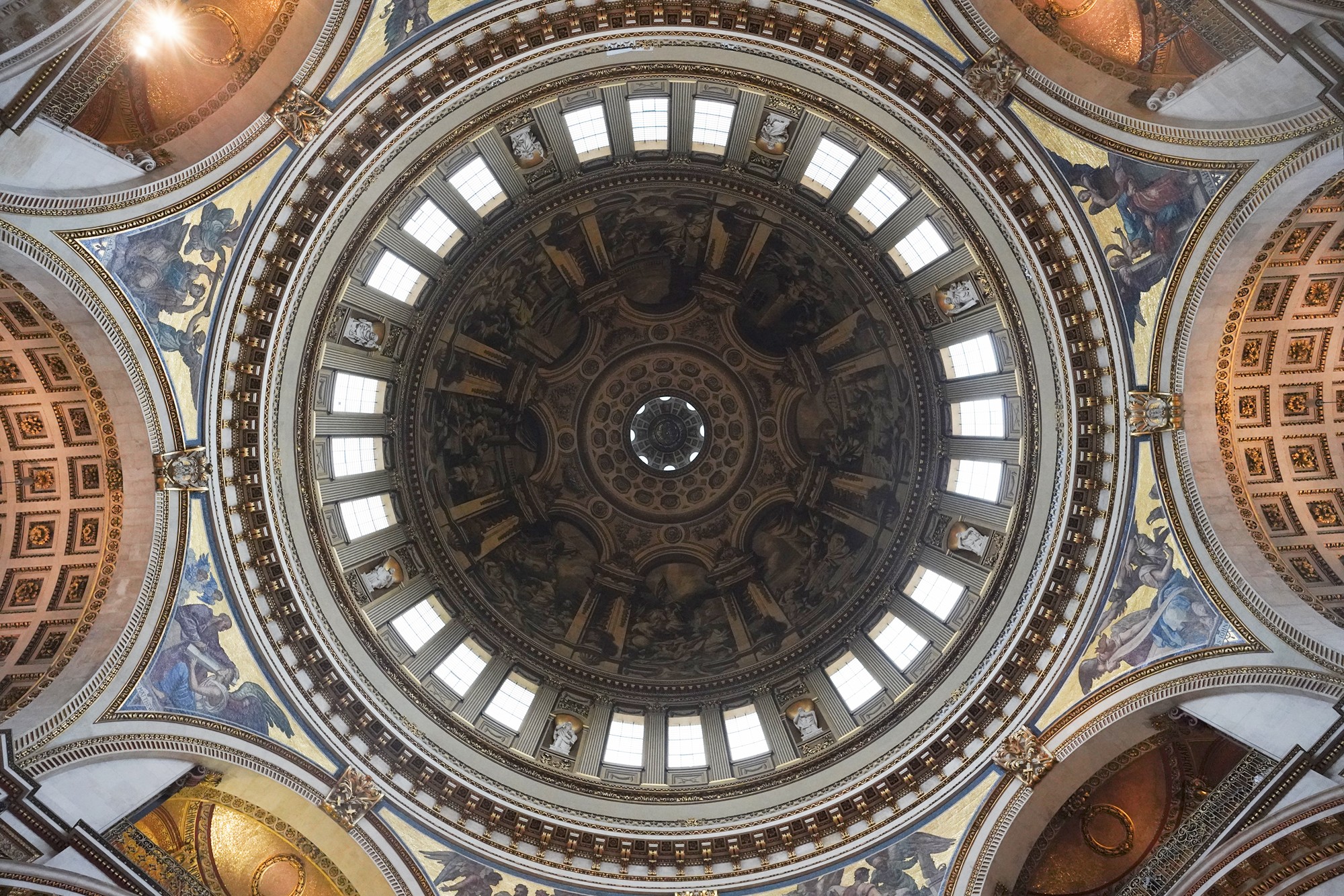
The Choir
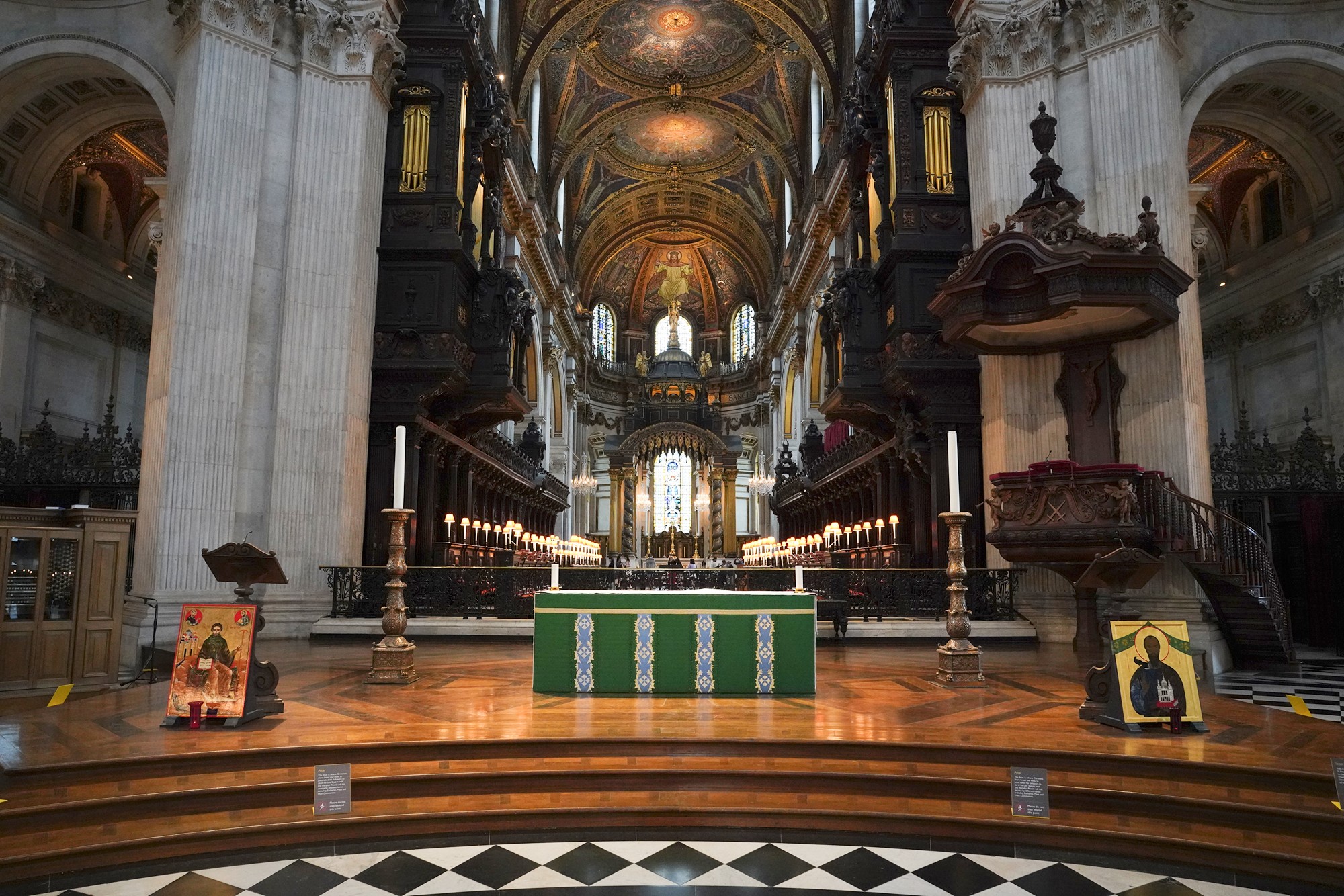
Looking back
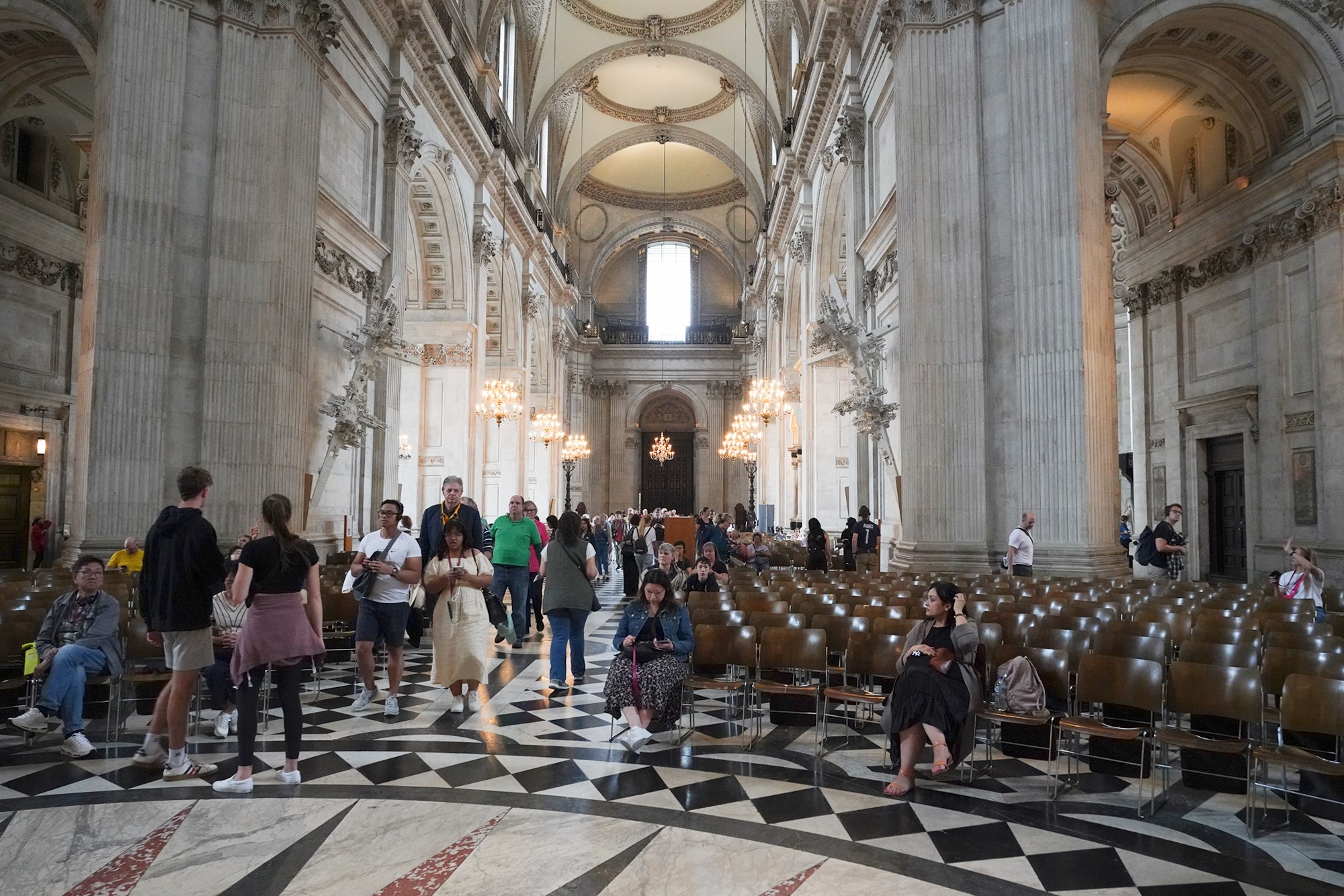
The right side
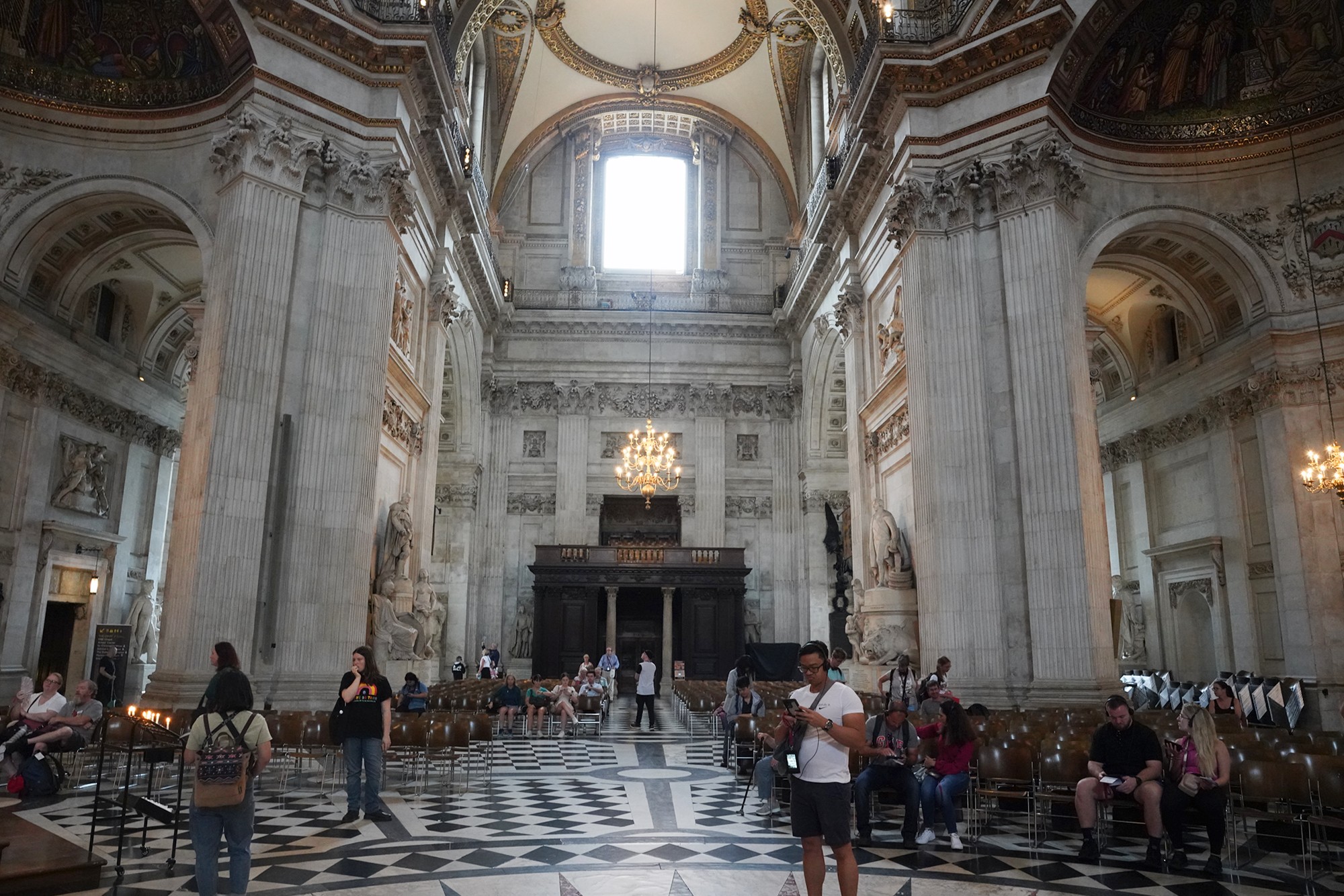
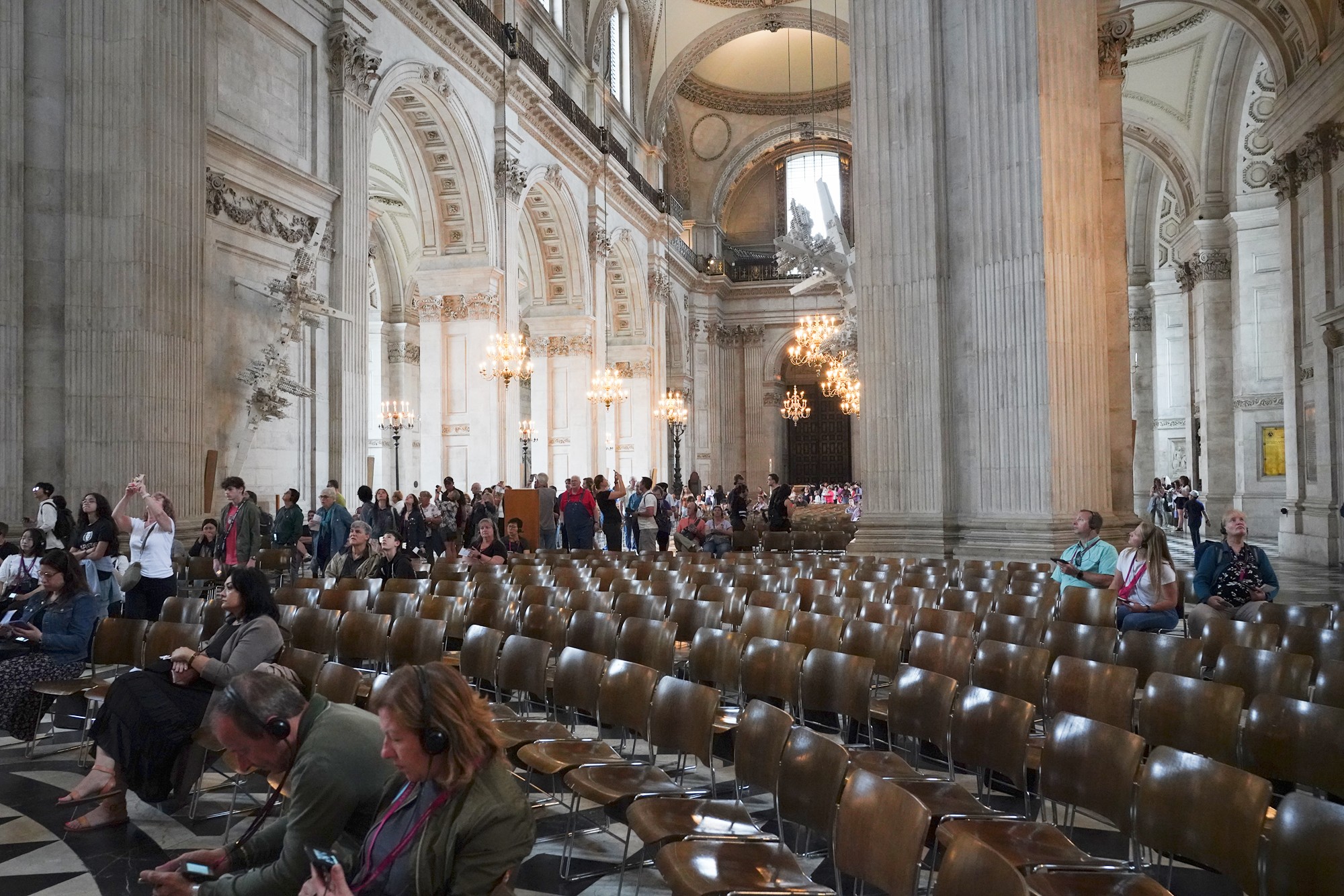
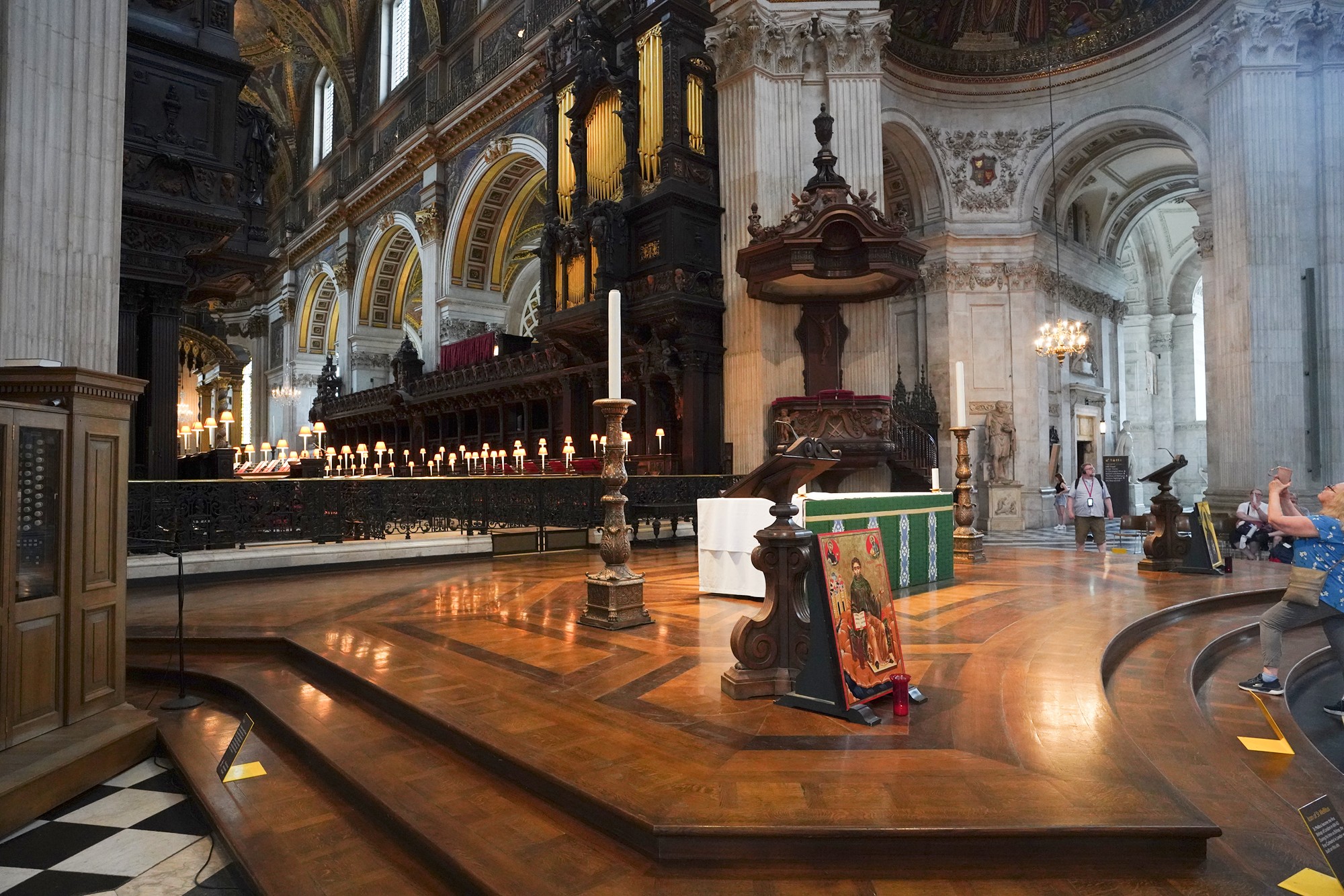
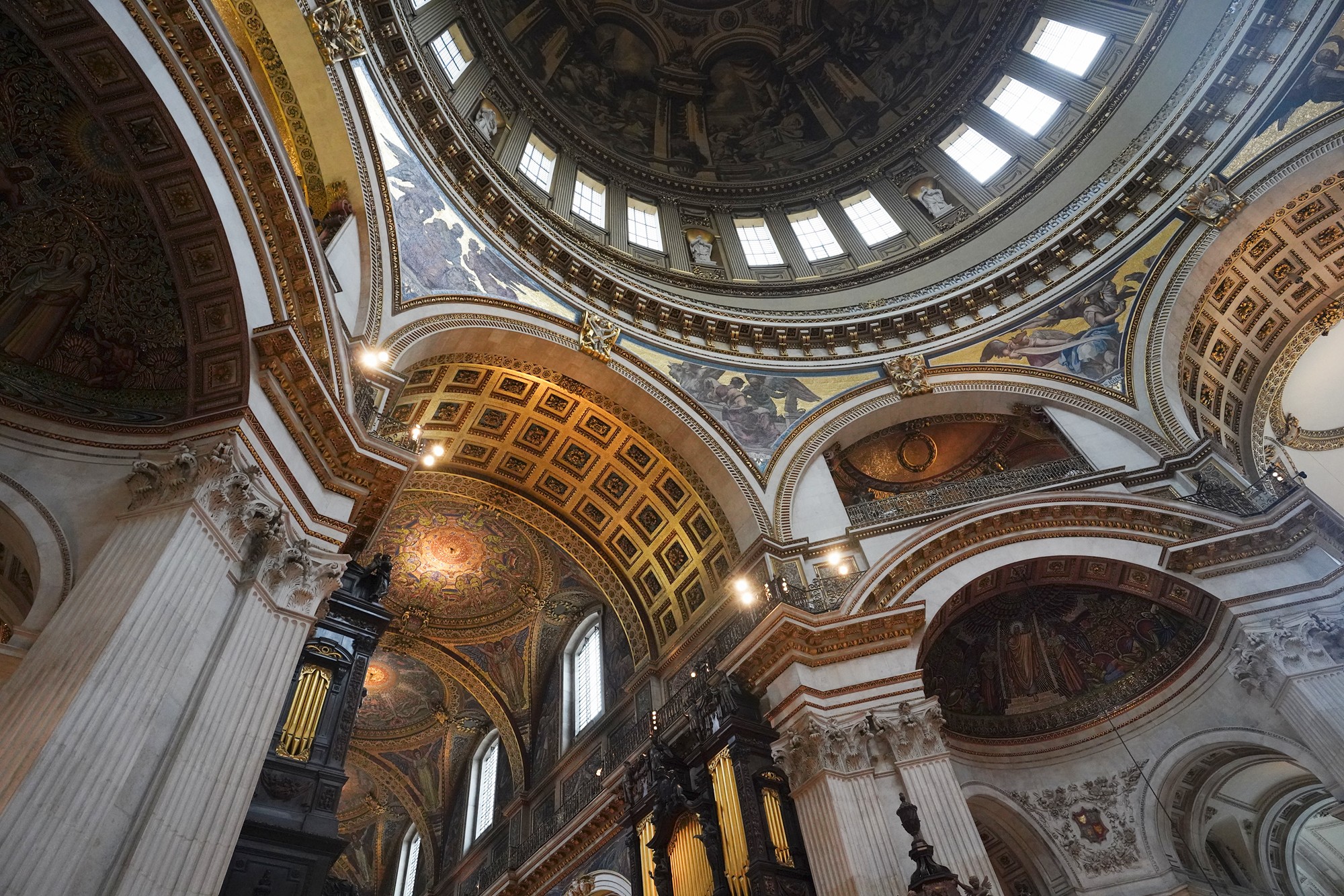
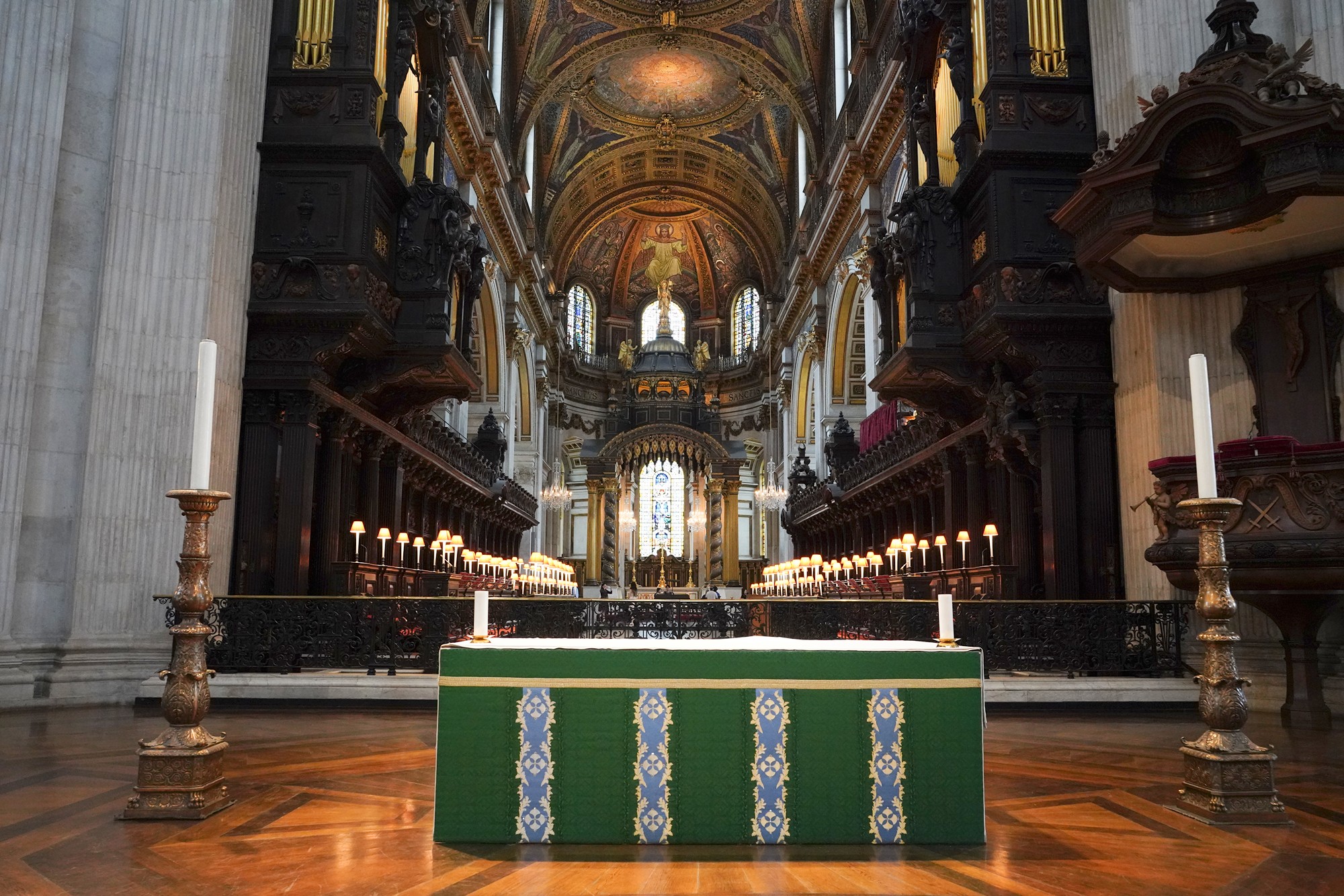
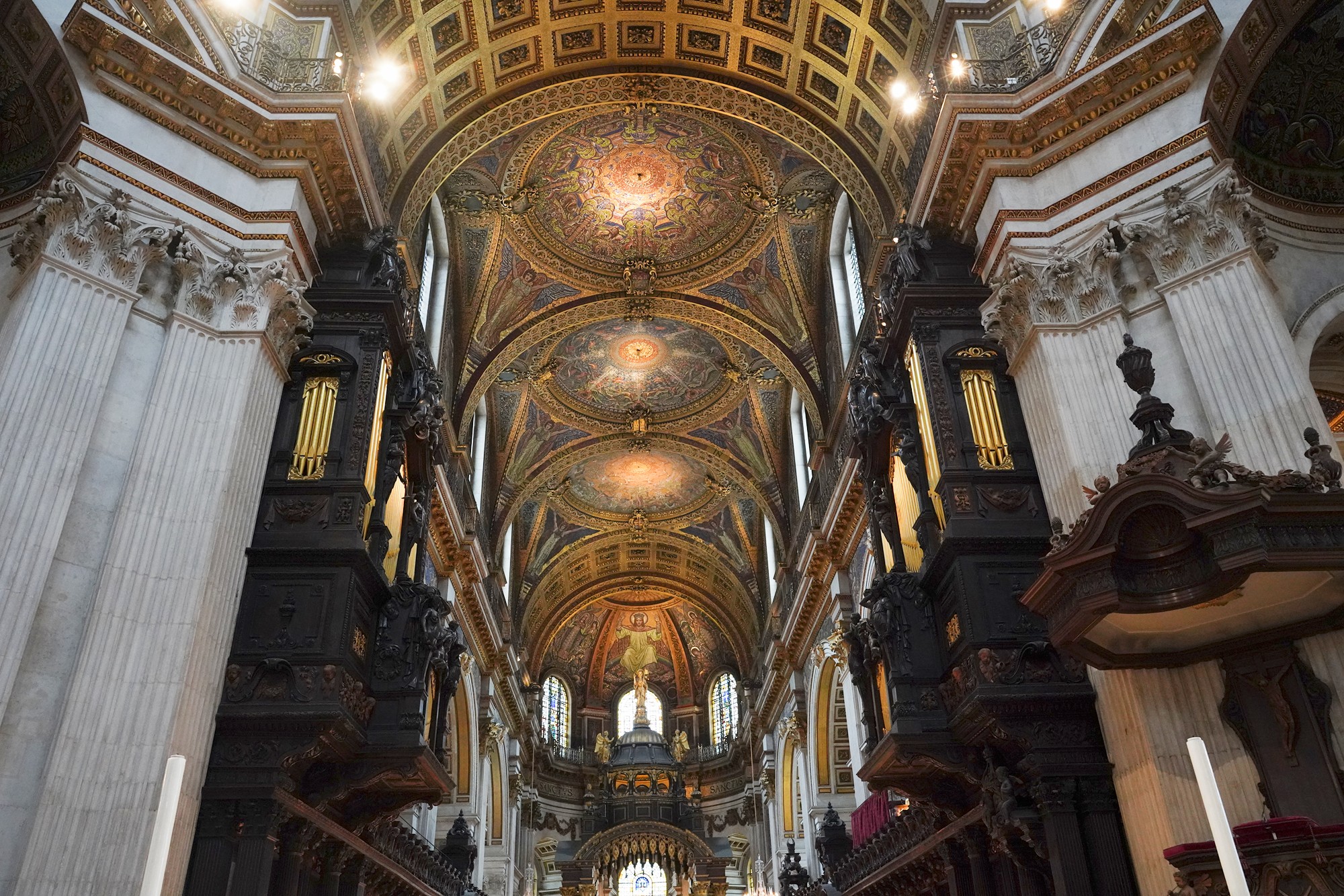
Left hallway toward the front (altar) of the church
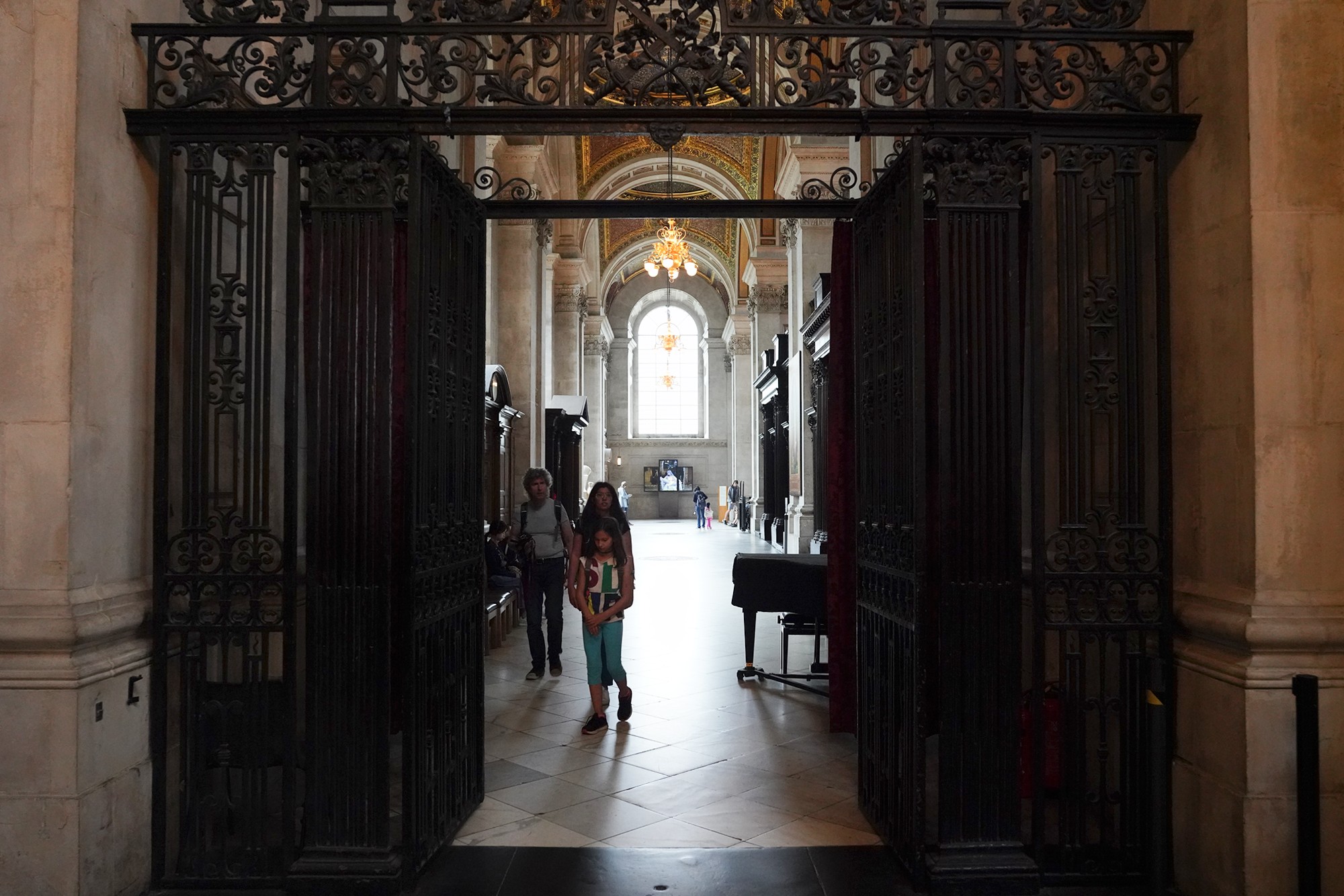
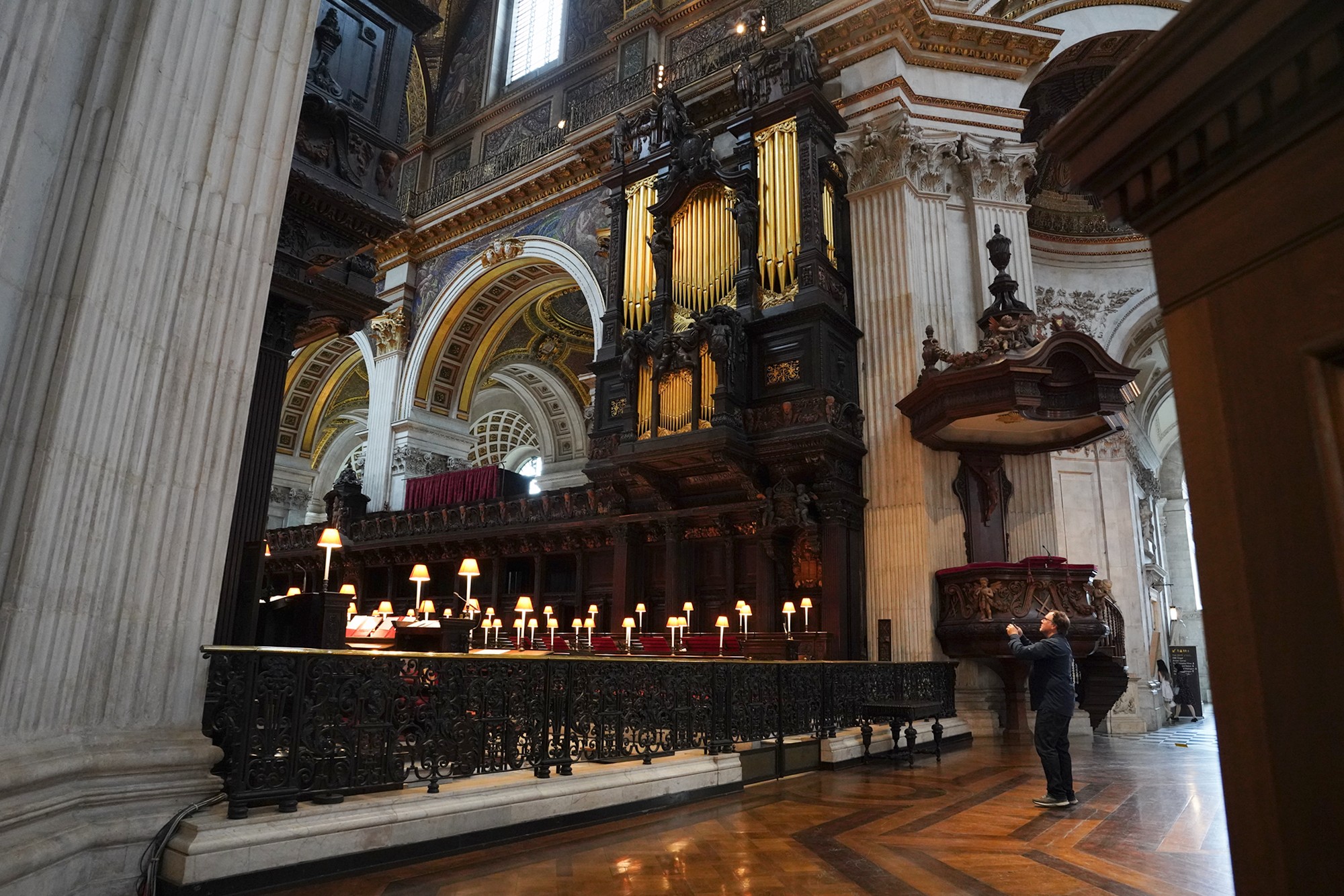
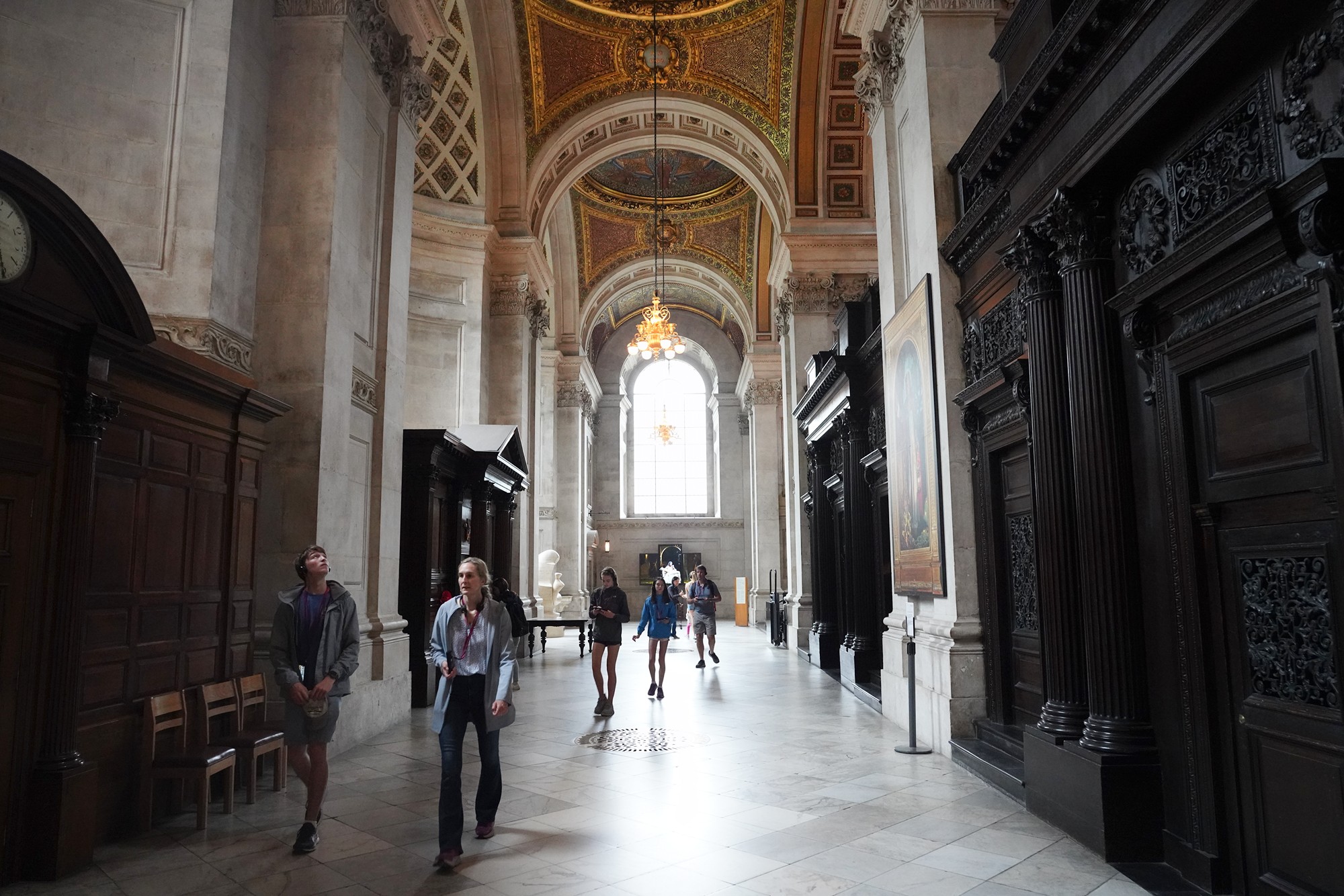
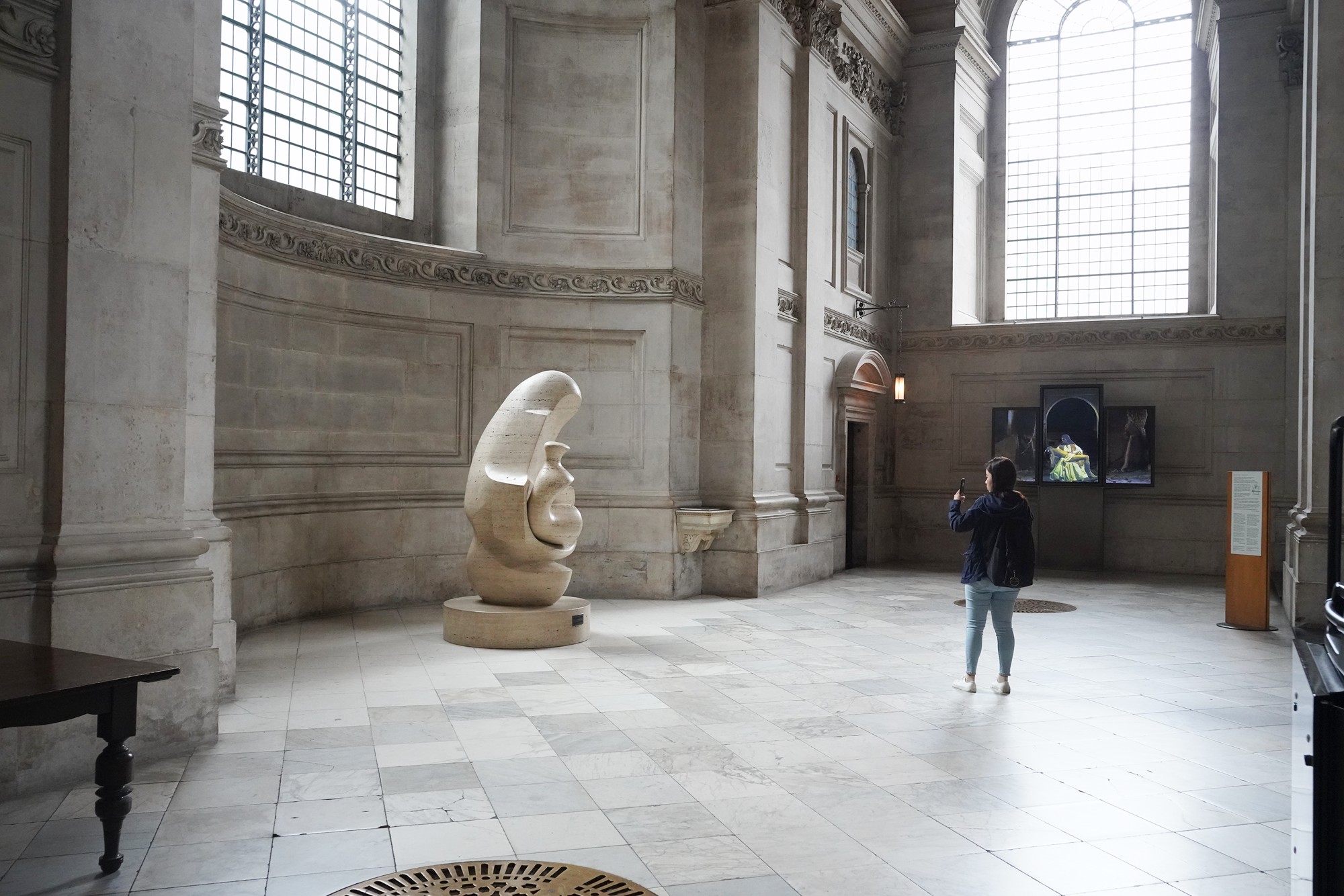
Mother and Child M (1983), by the great modern sculptor Henry Moore
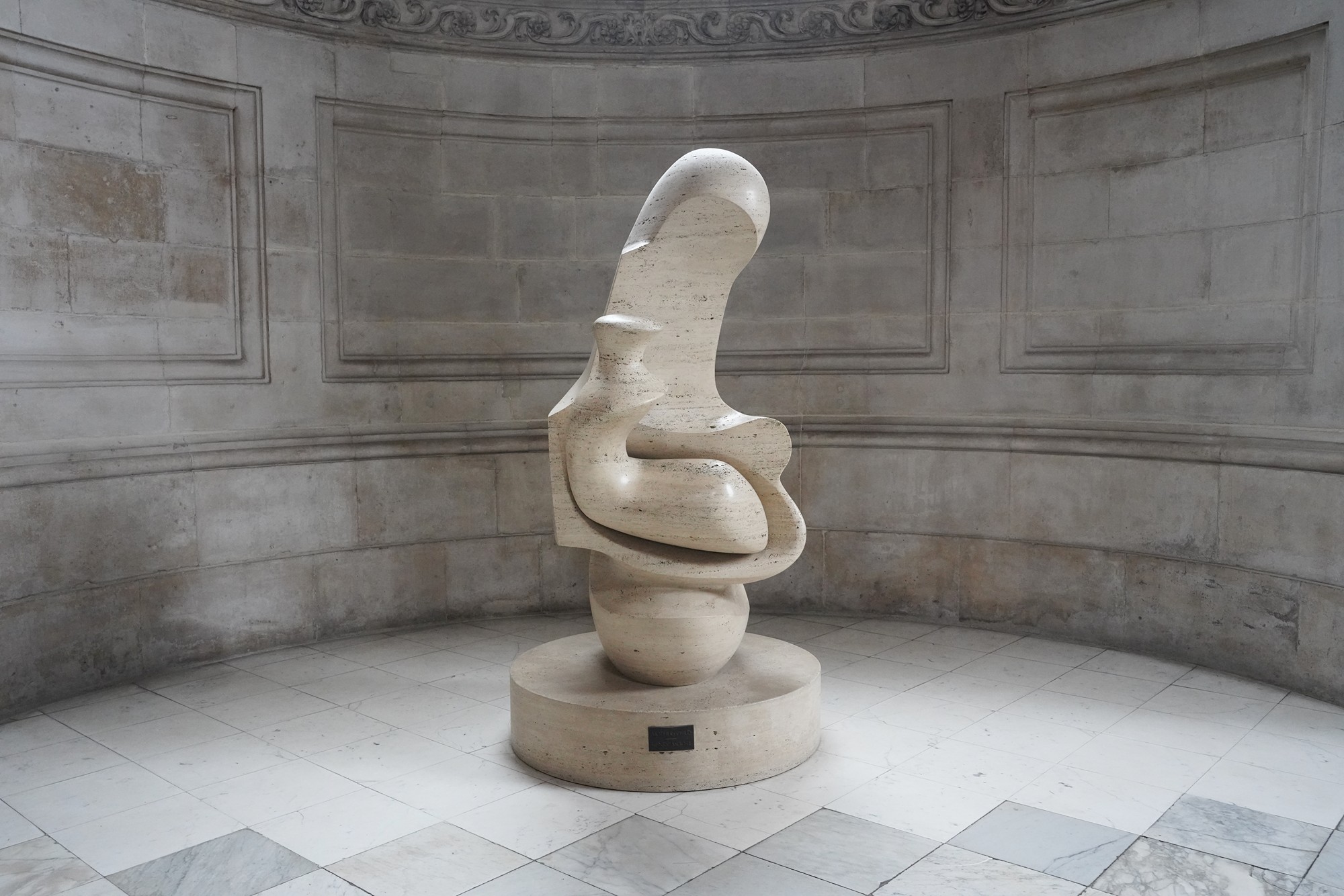
Looking back through the Choir
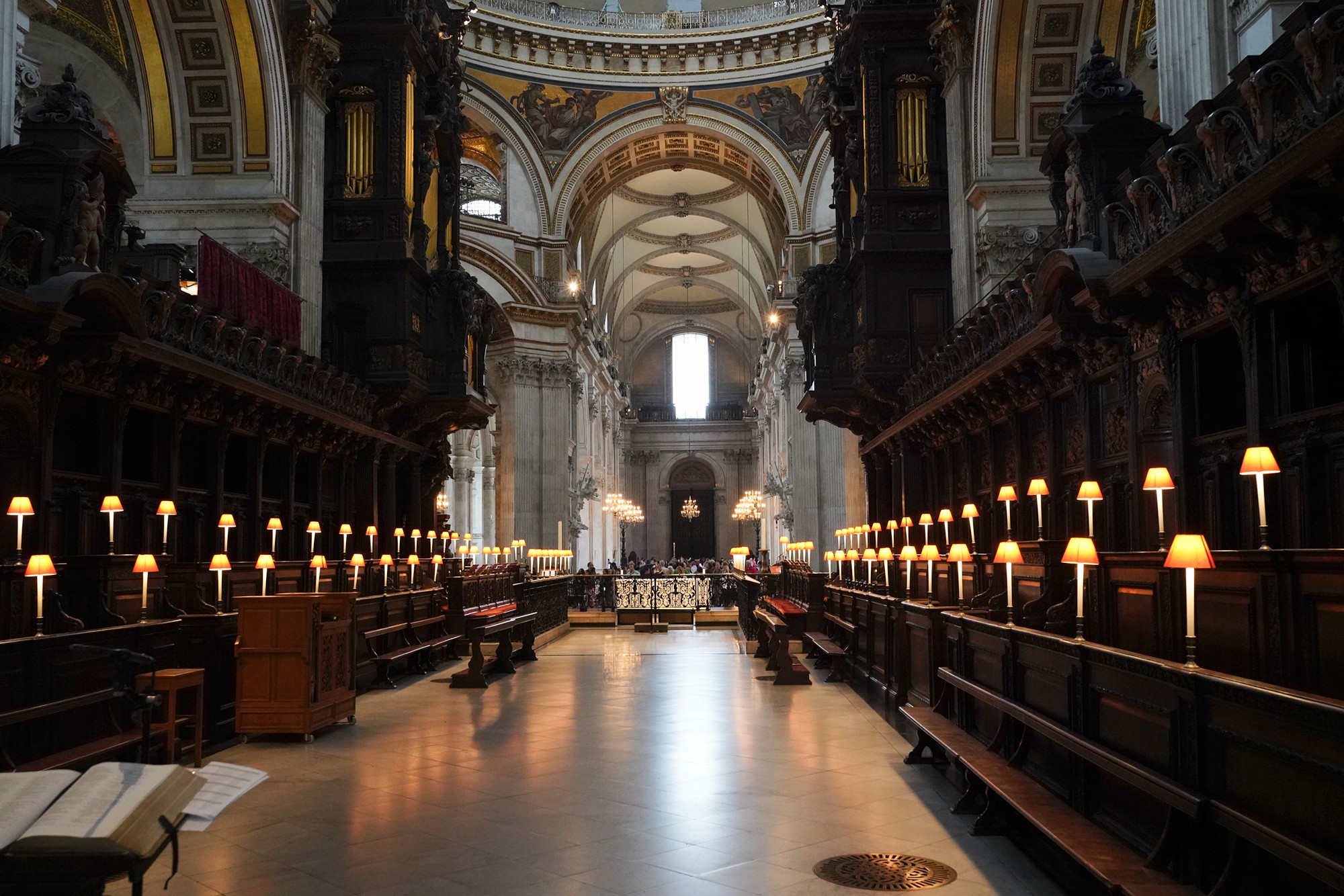
Behind the altar is the American Memorial Chapel, honoring the Americans who sacrificed their lives to save Britain in World War II.
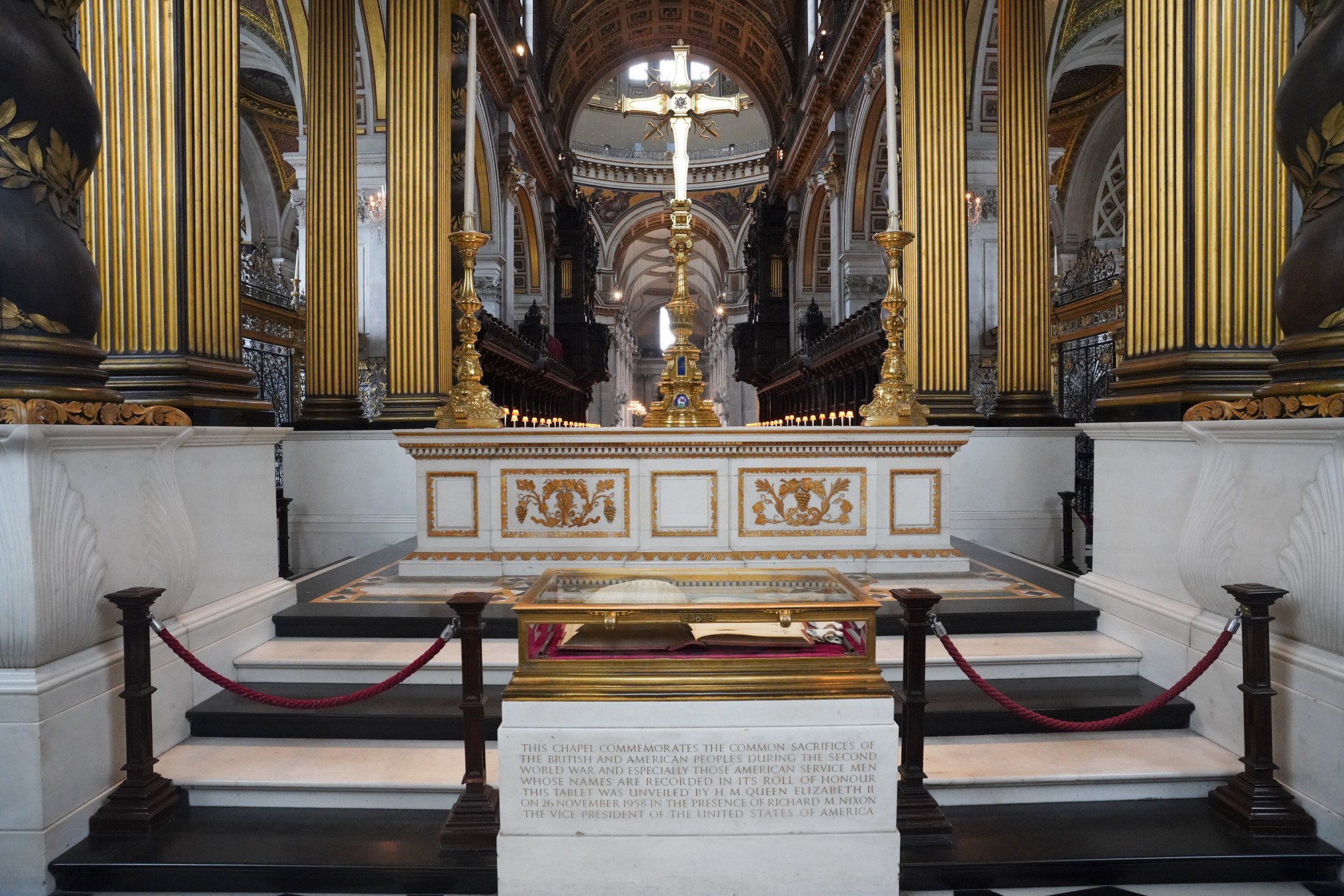
Walking back to the rear of the church through the left side hallway.
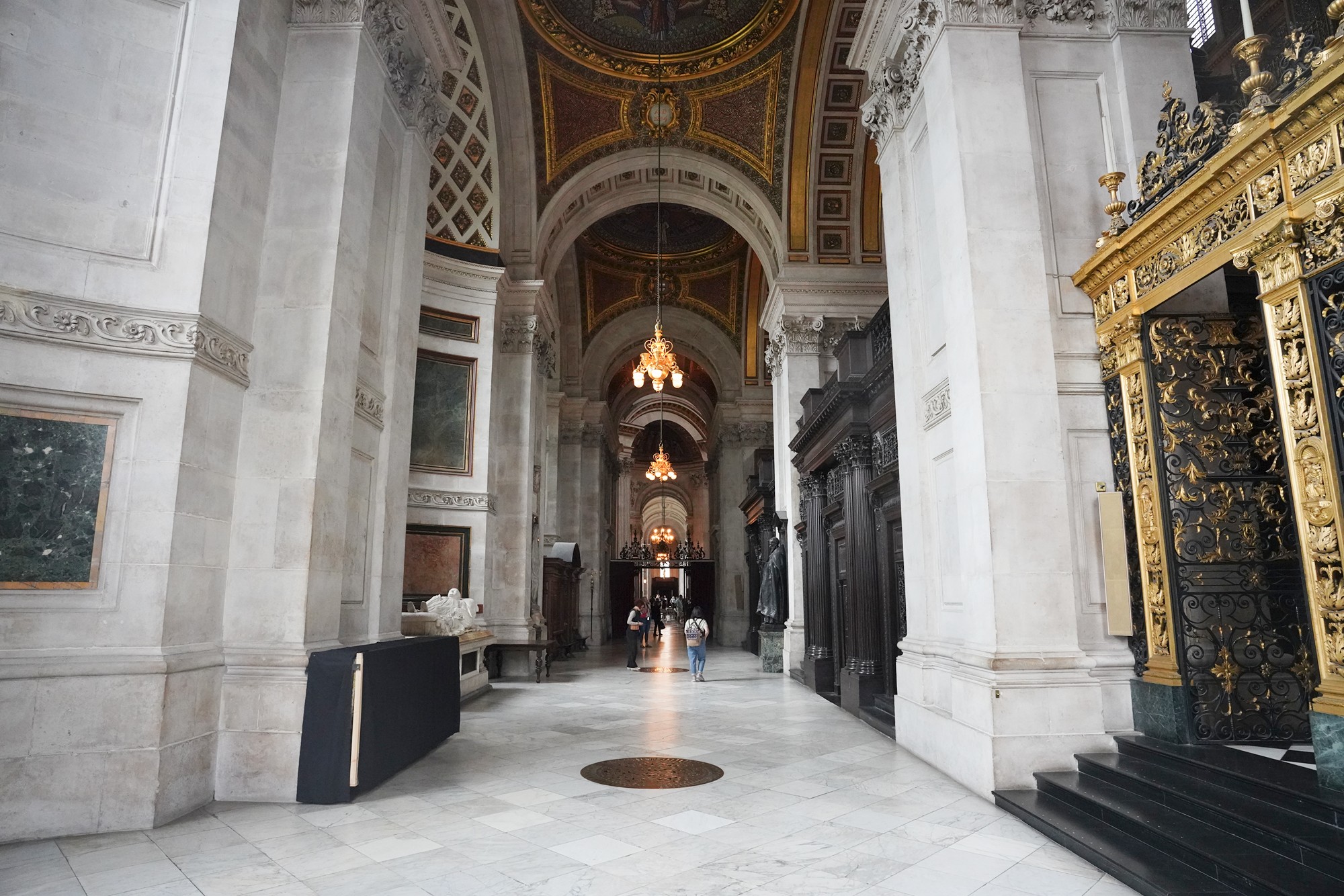
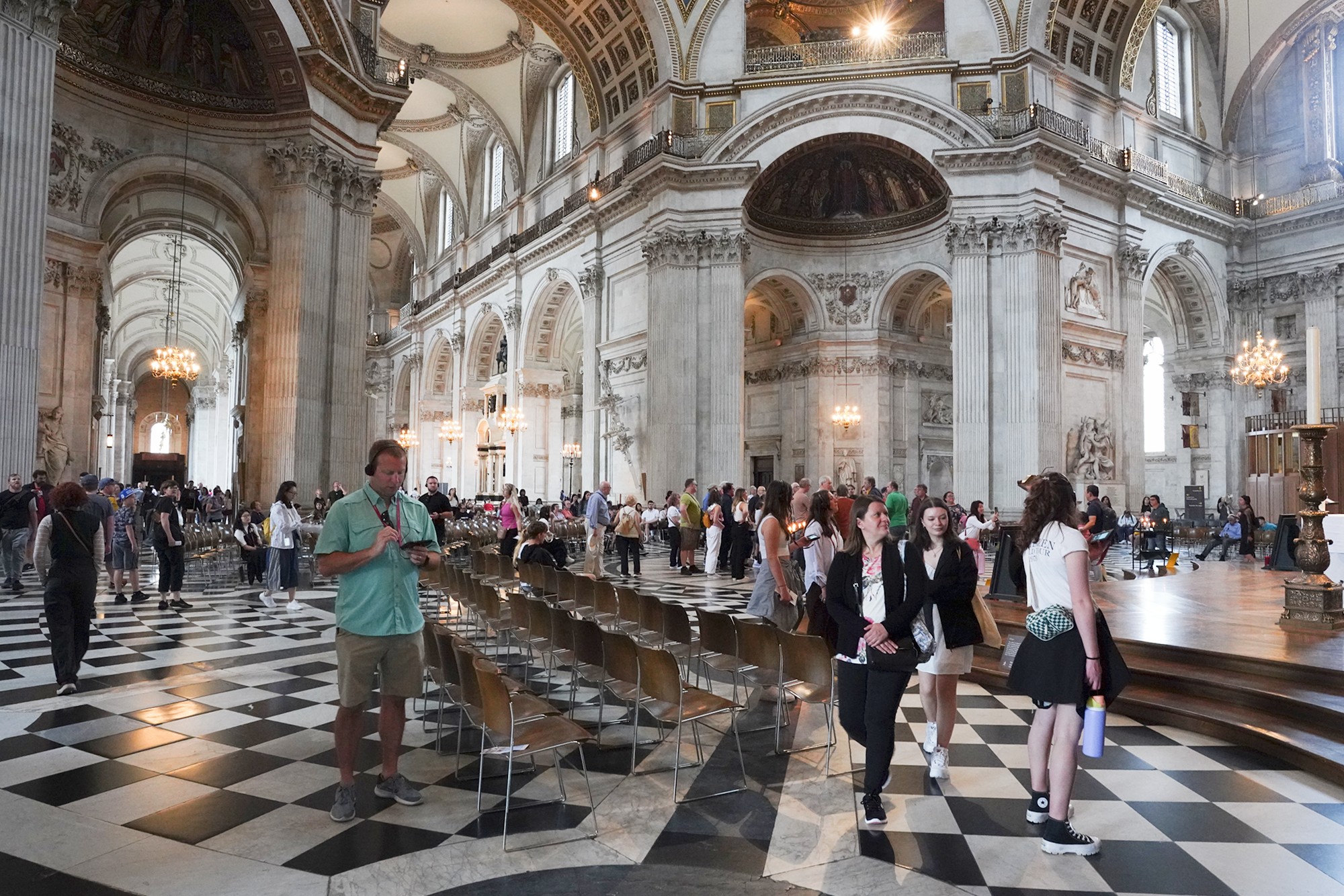

In the south transept are monuments to military greats Horatio Nelson, who fought Napoleon, and Charles Cornwallis, who was finished off by George Washington at Yorktown.
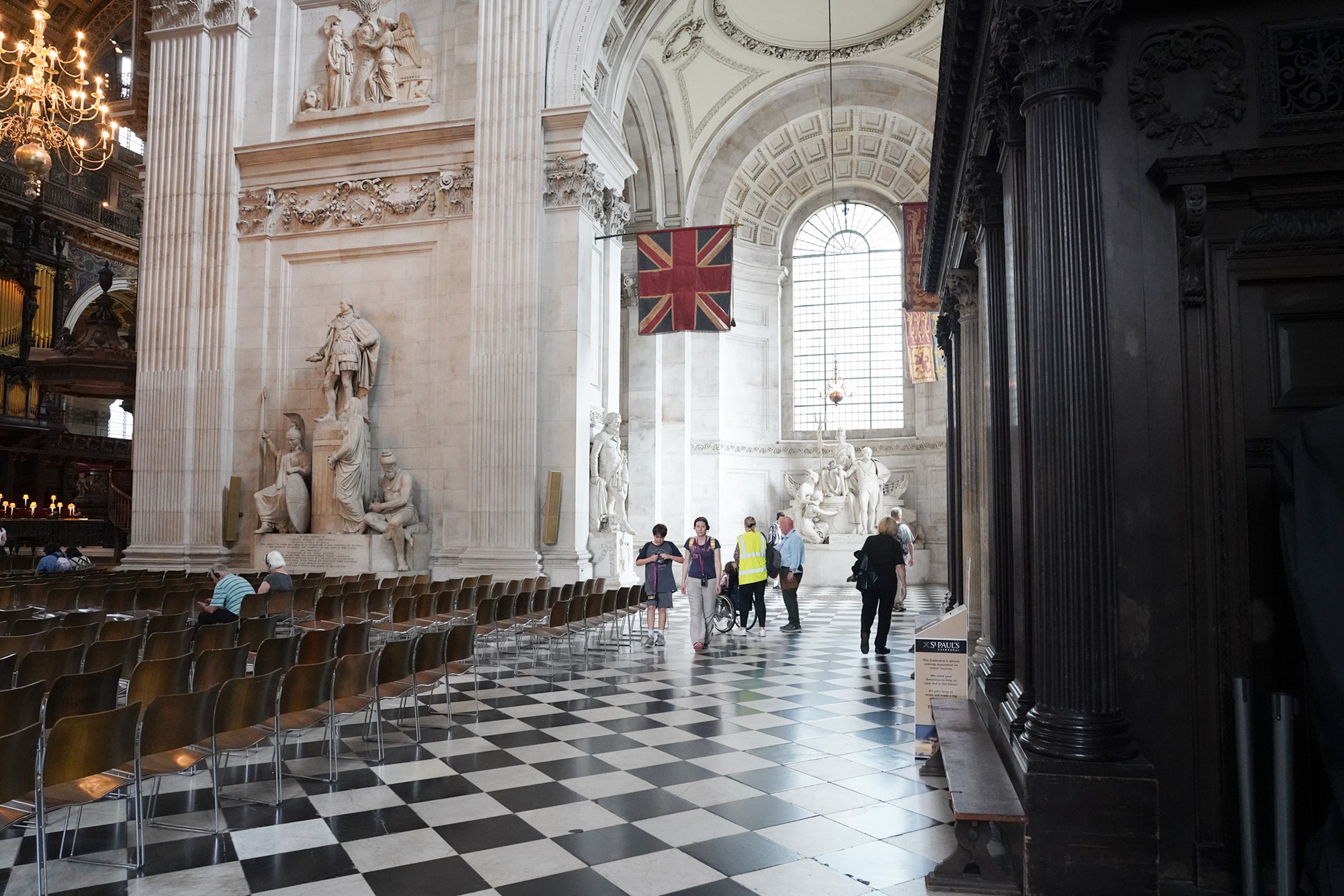
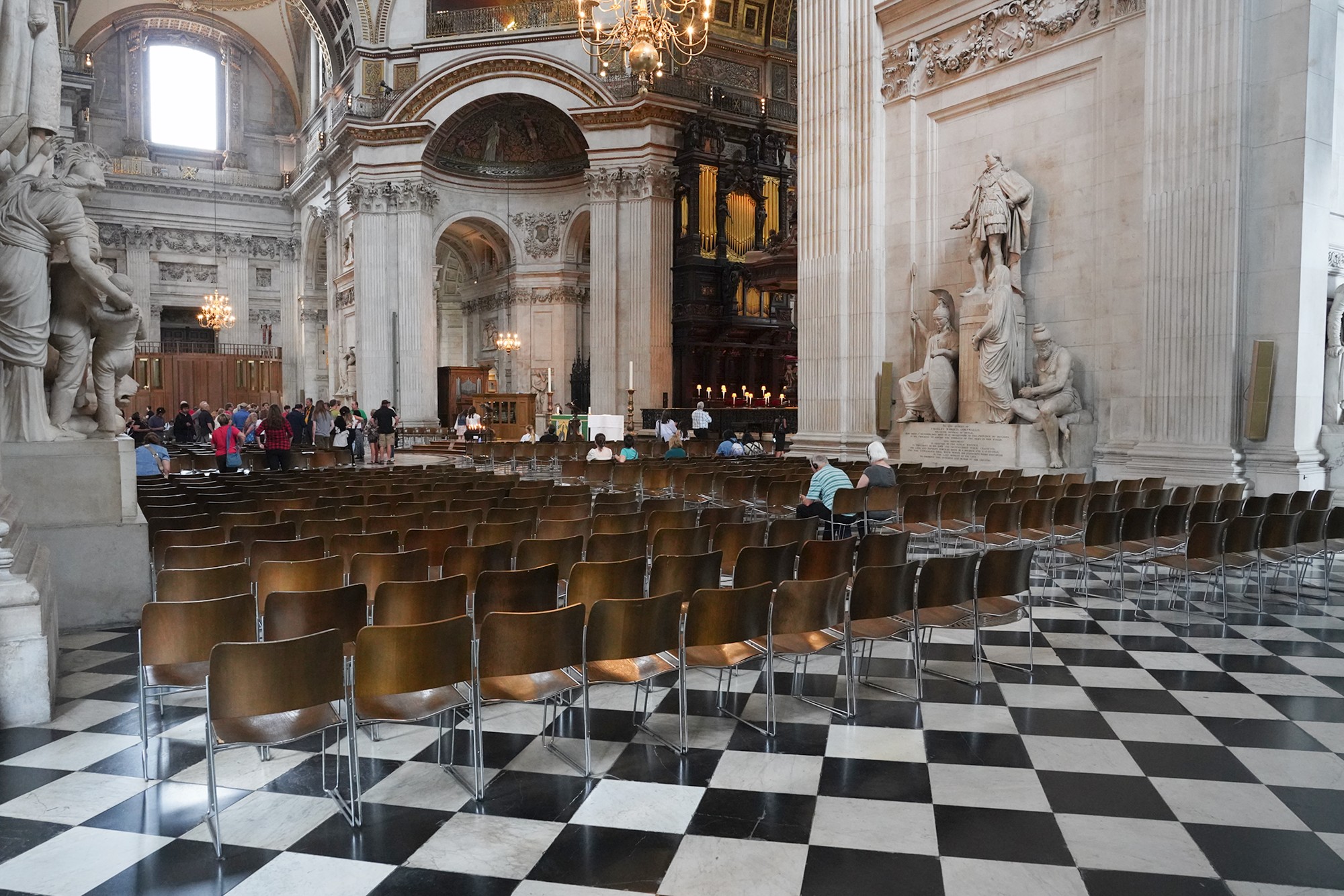
Crypt: The crypt is a world of historic bones and interesting cathedral models. Many legends are buried here—Horatio Nelson, who wore down Napoleon; the Duke of Wellington, who finished off Napoleon; and even Wren himself.

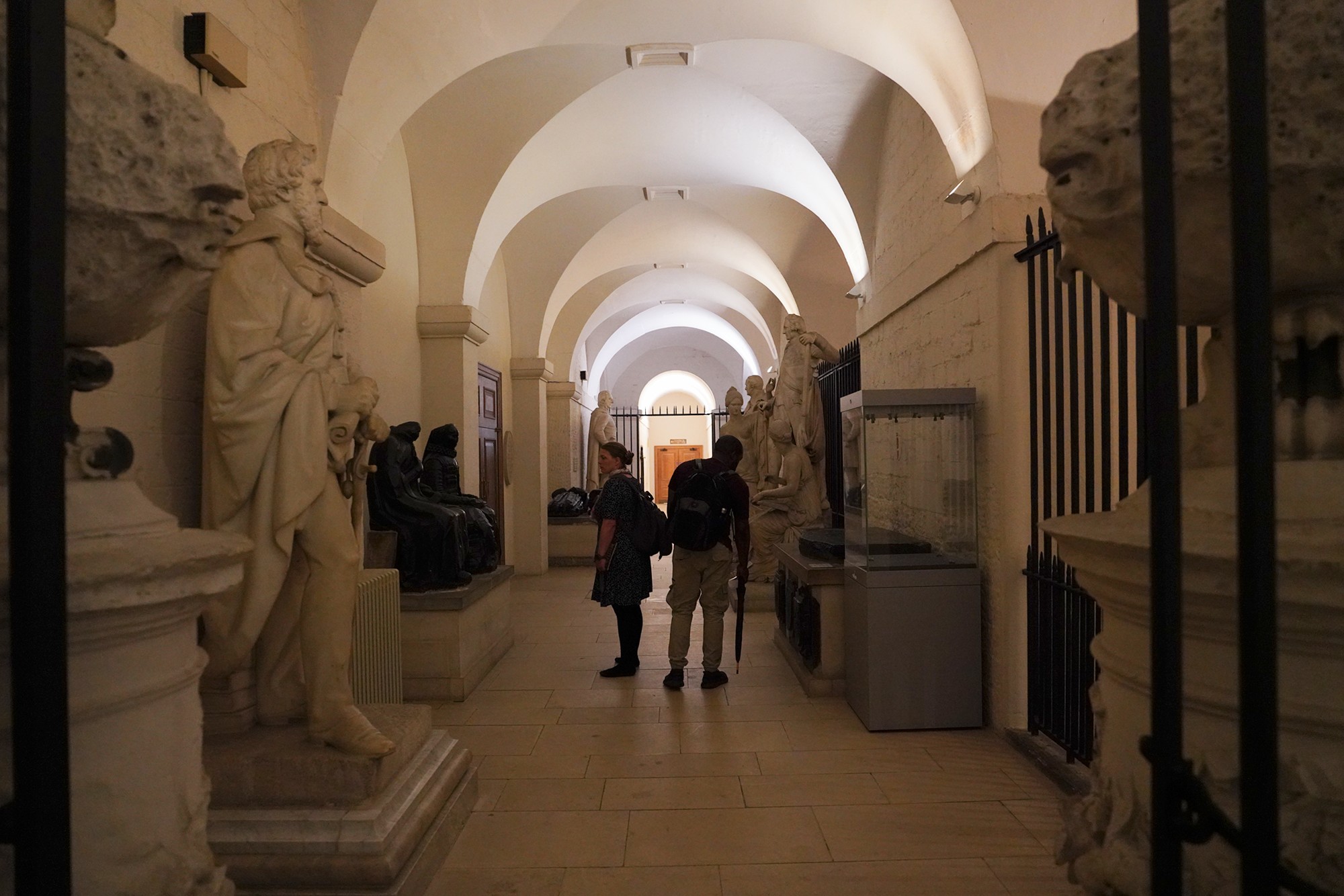
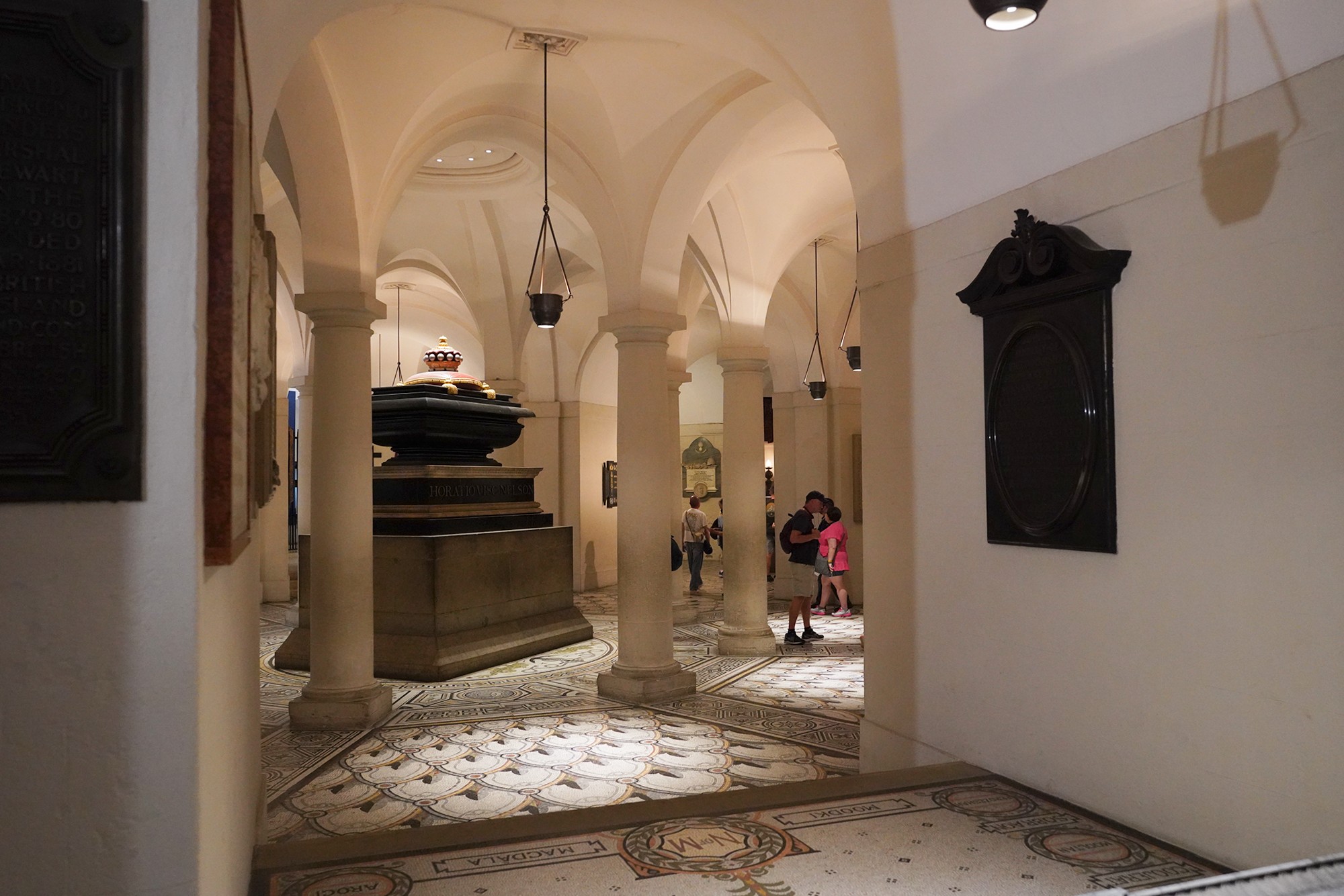
Horatio Nelson’s Tomb
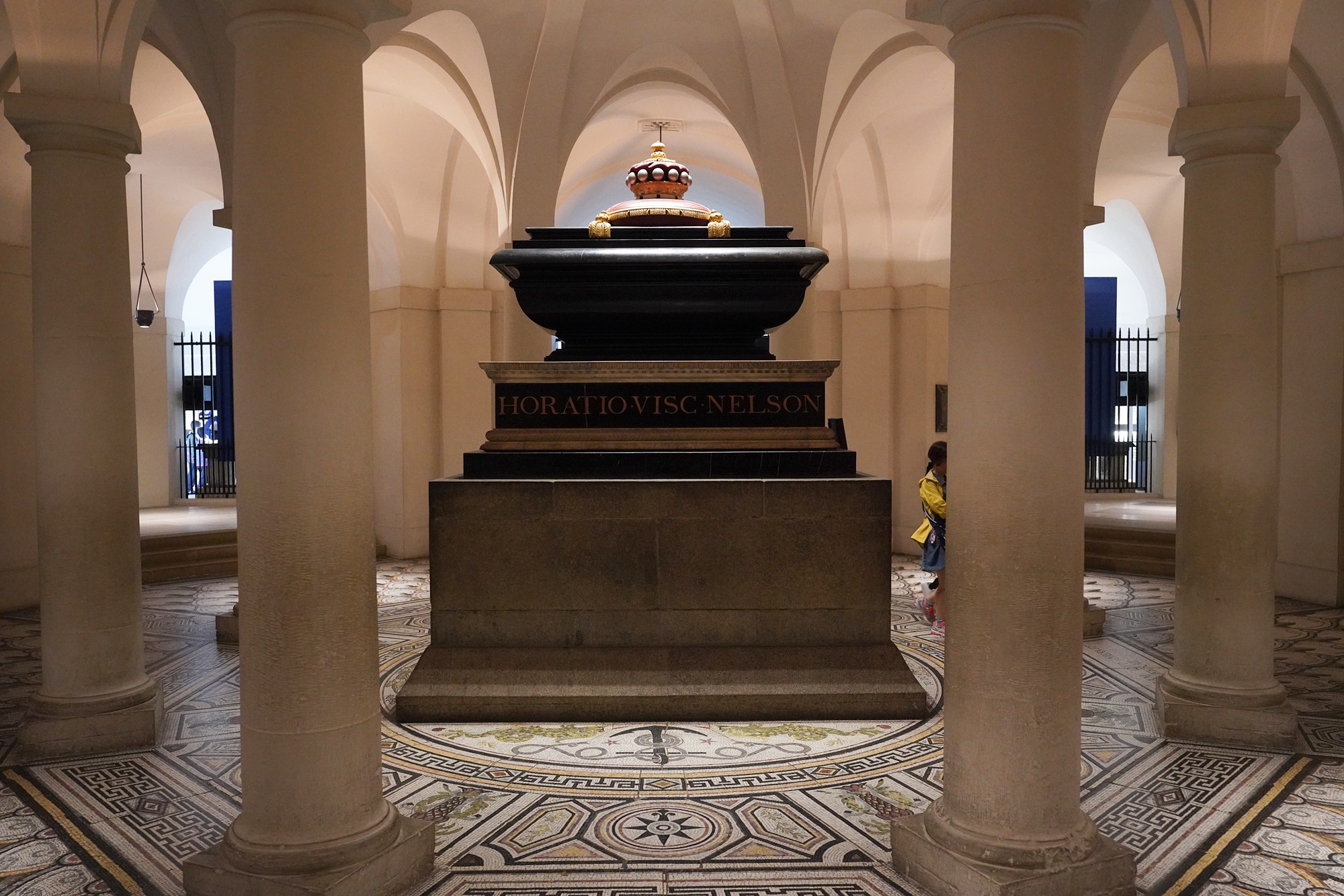
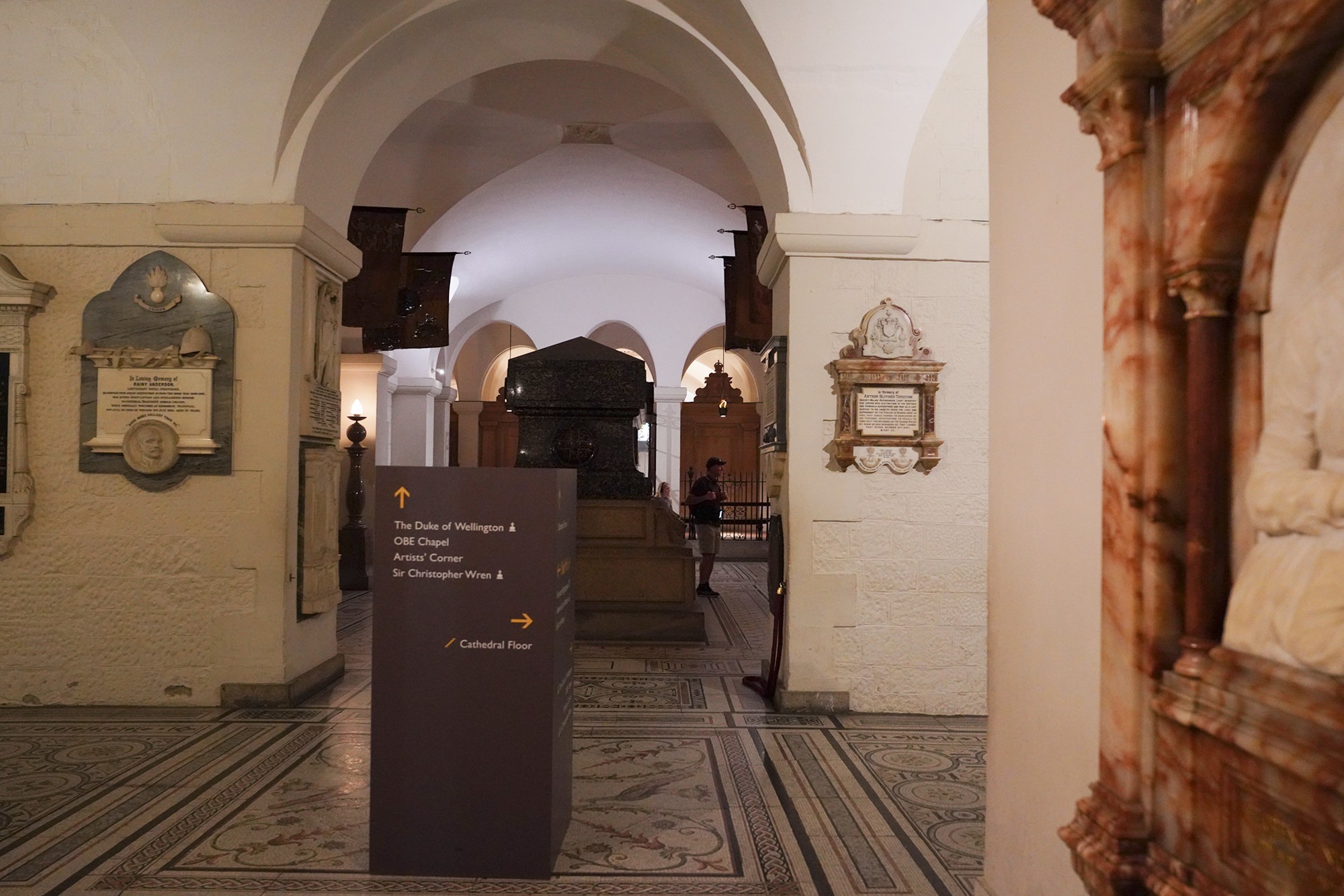
Duke of Wellington’s Tomb
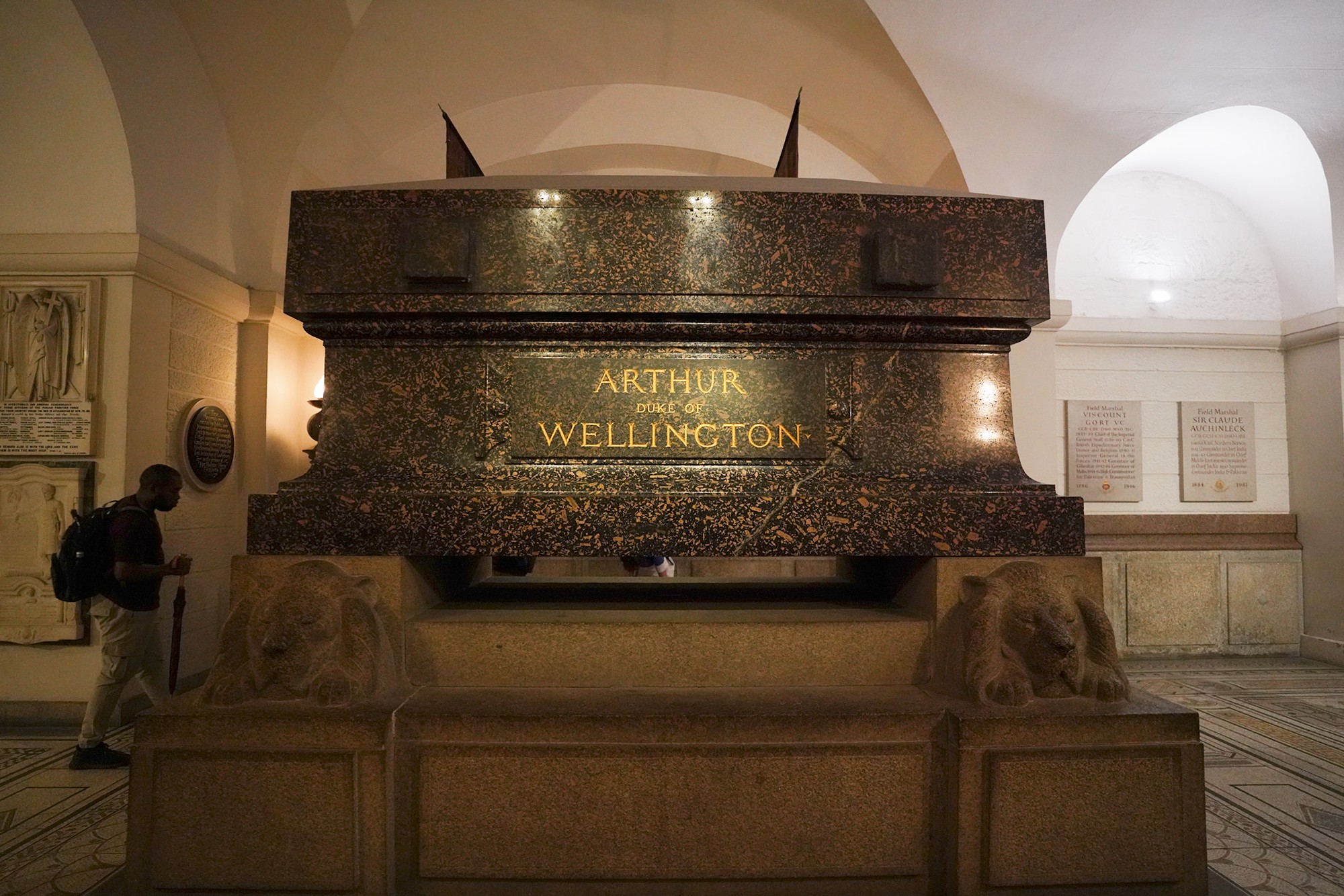
A chapel
